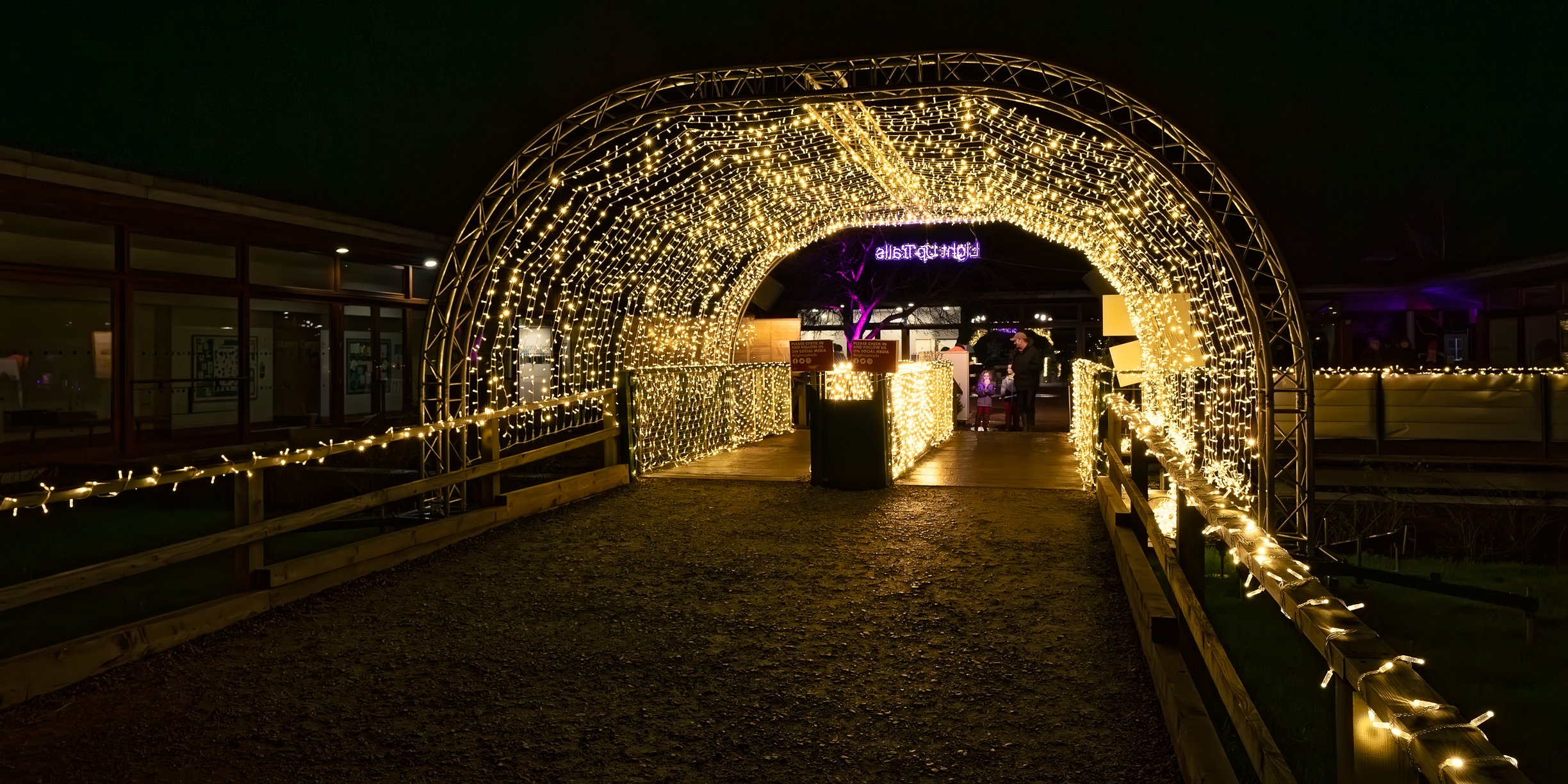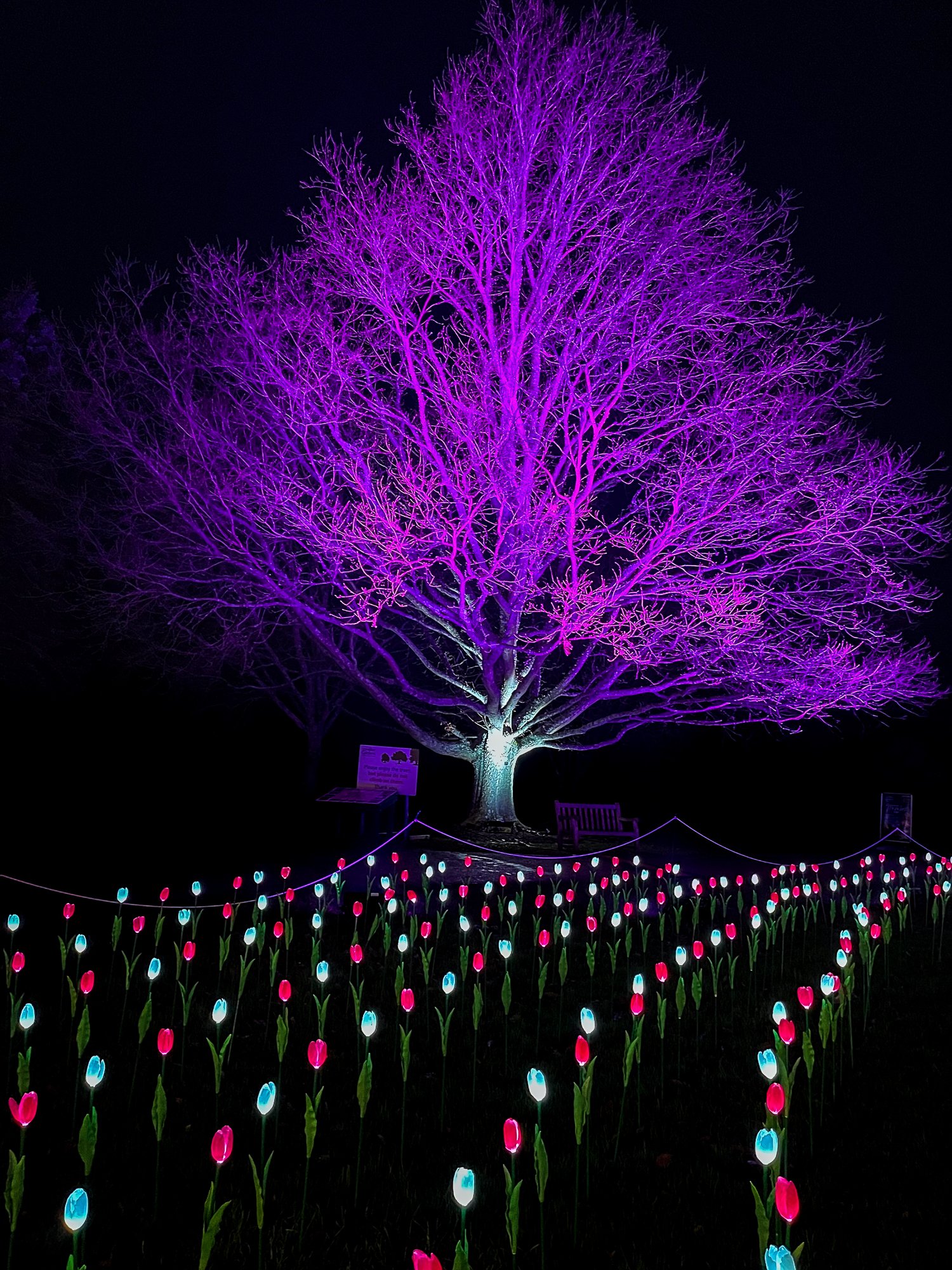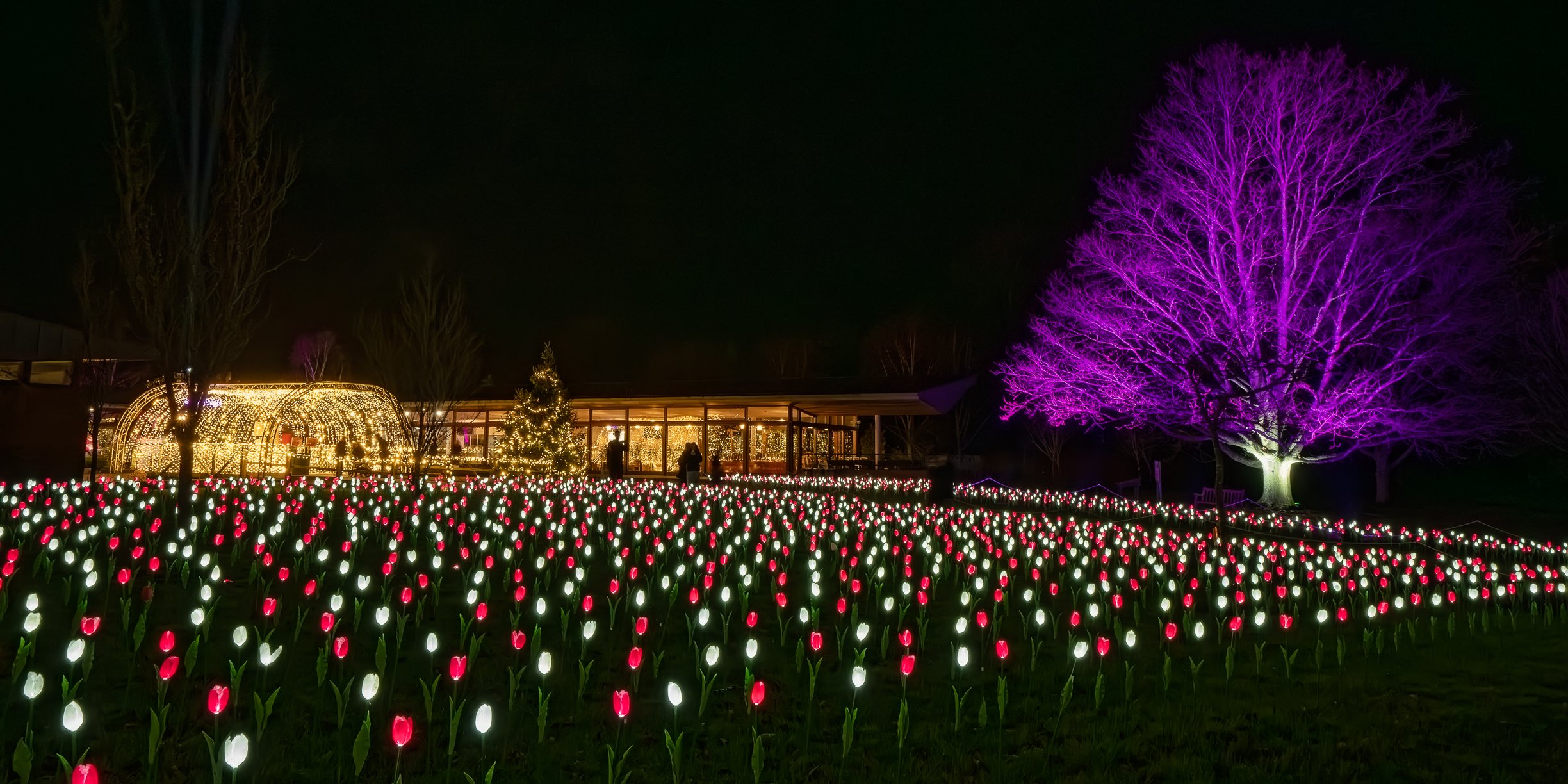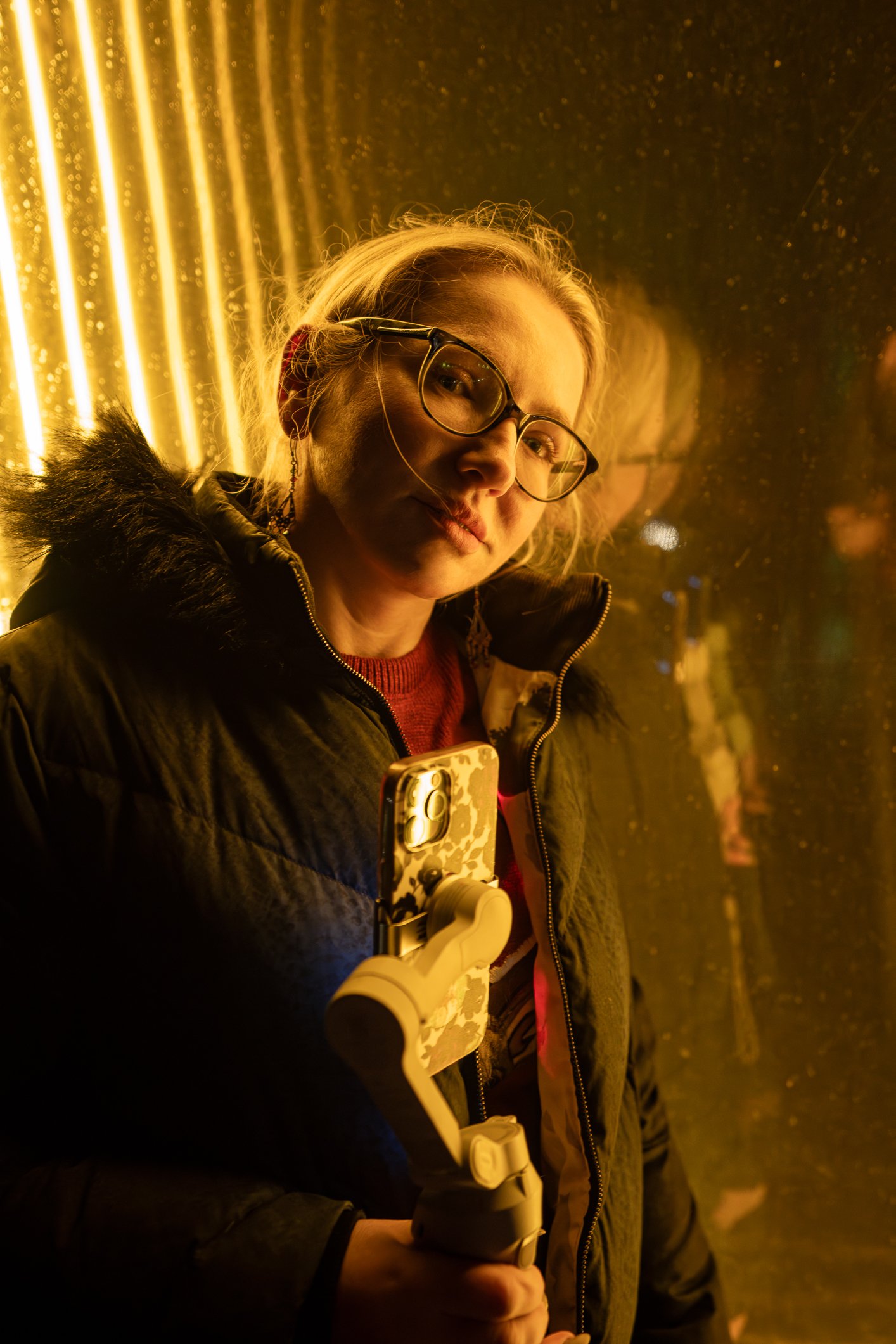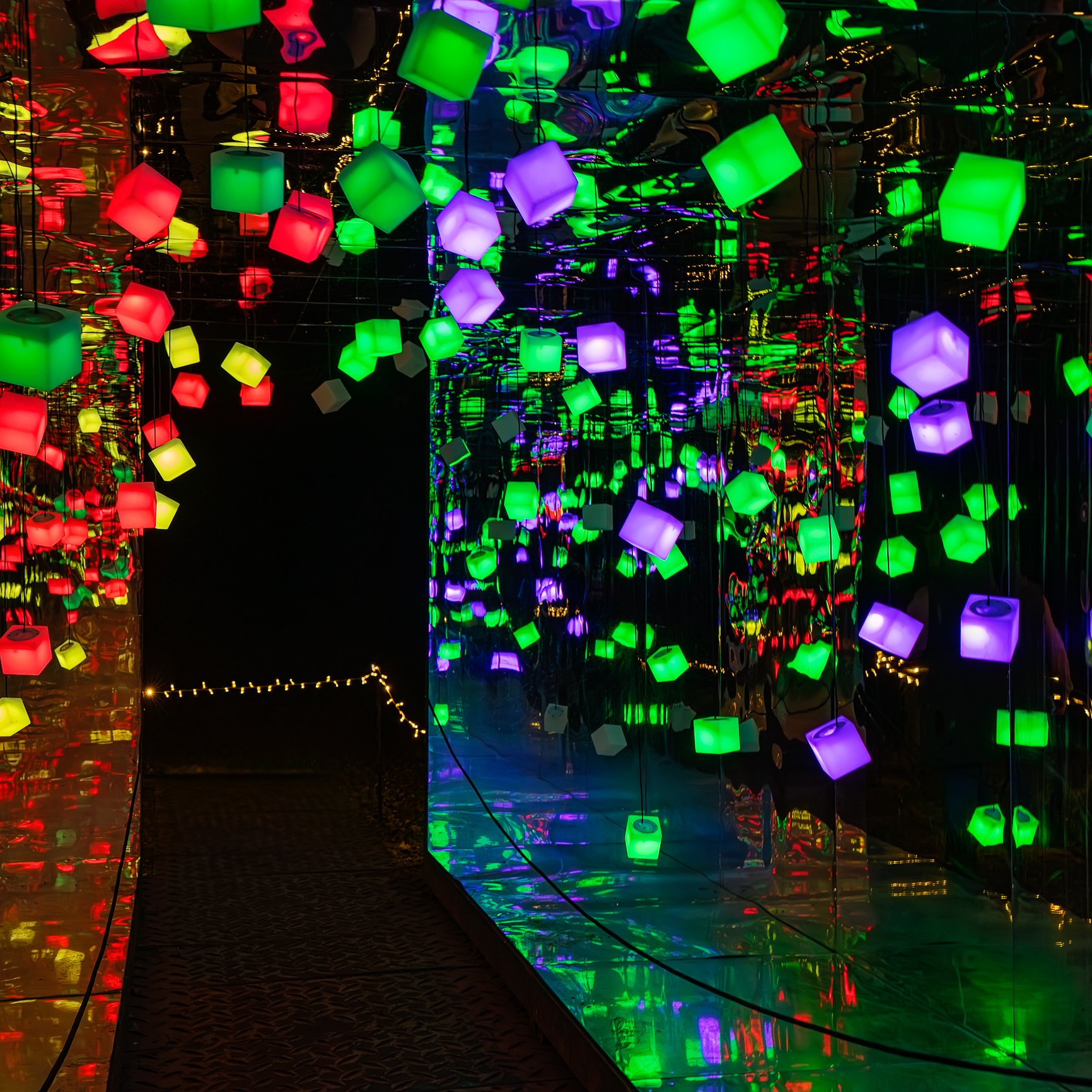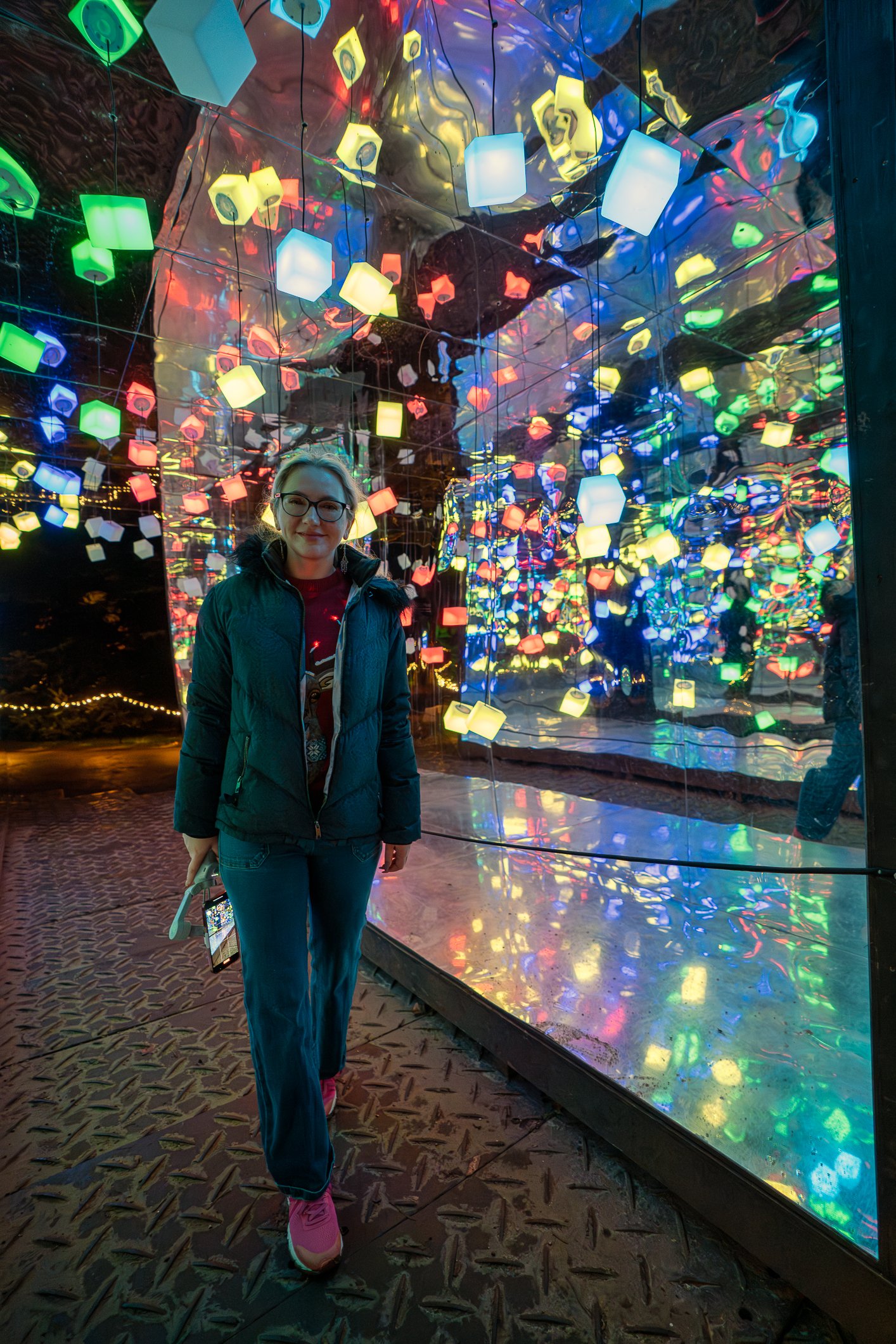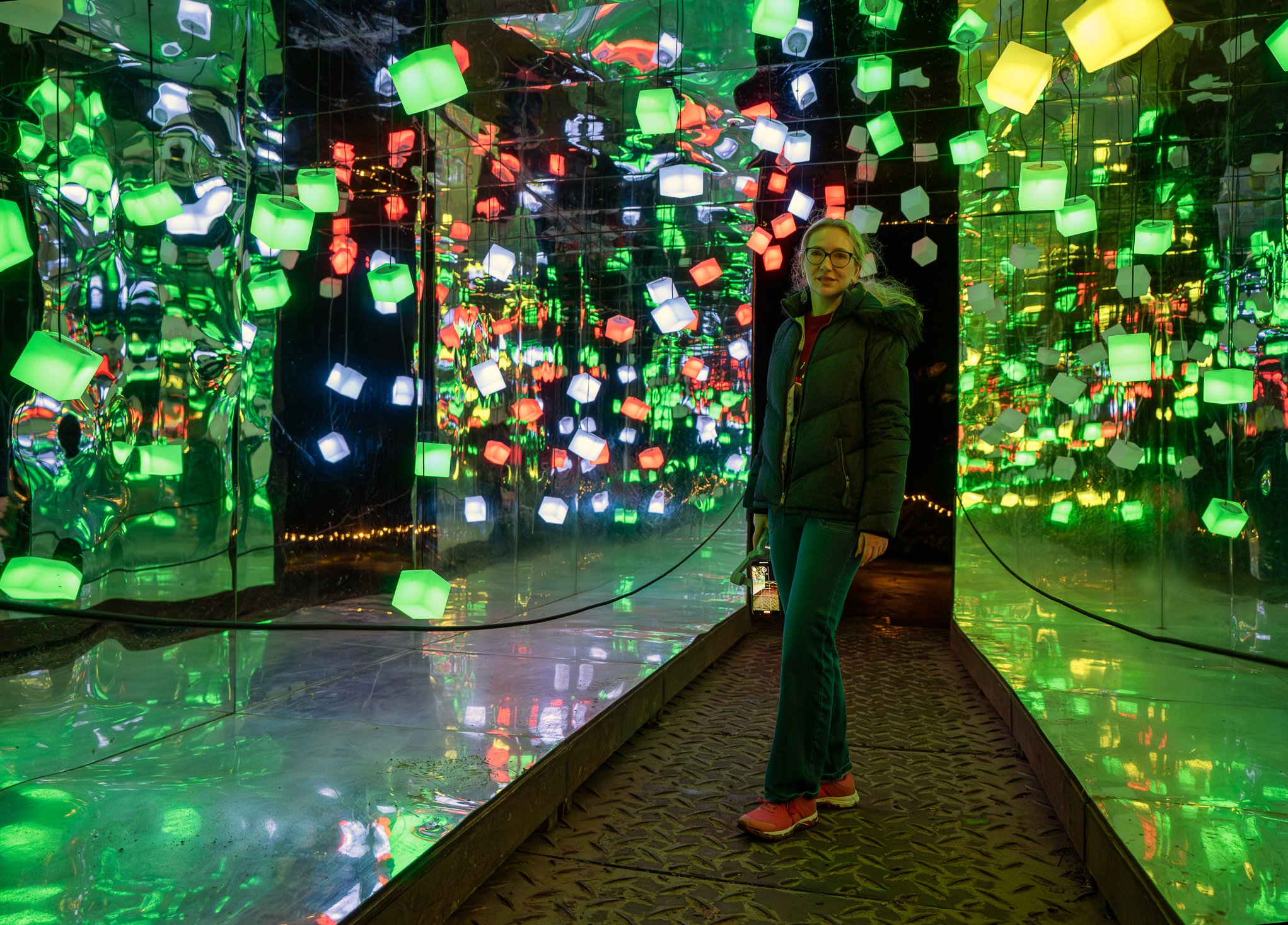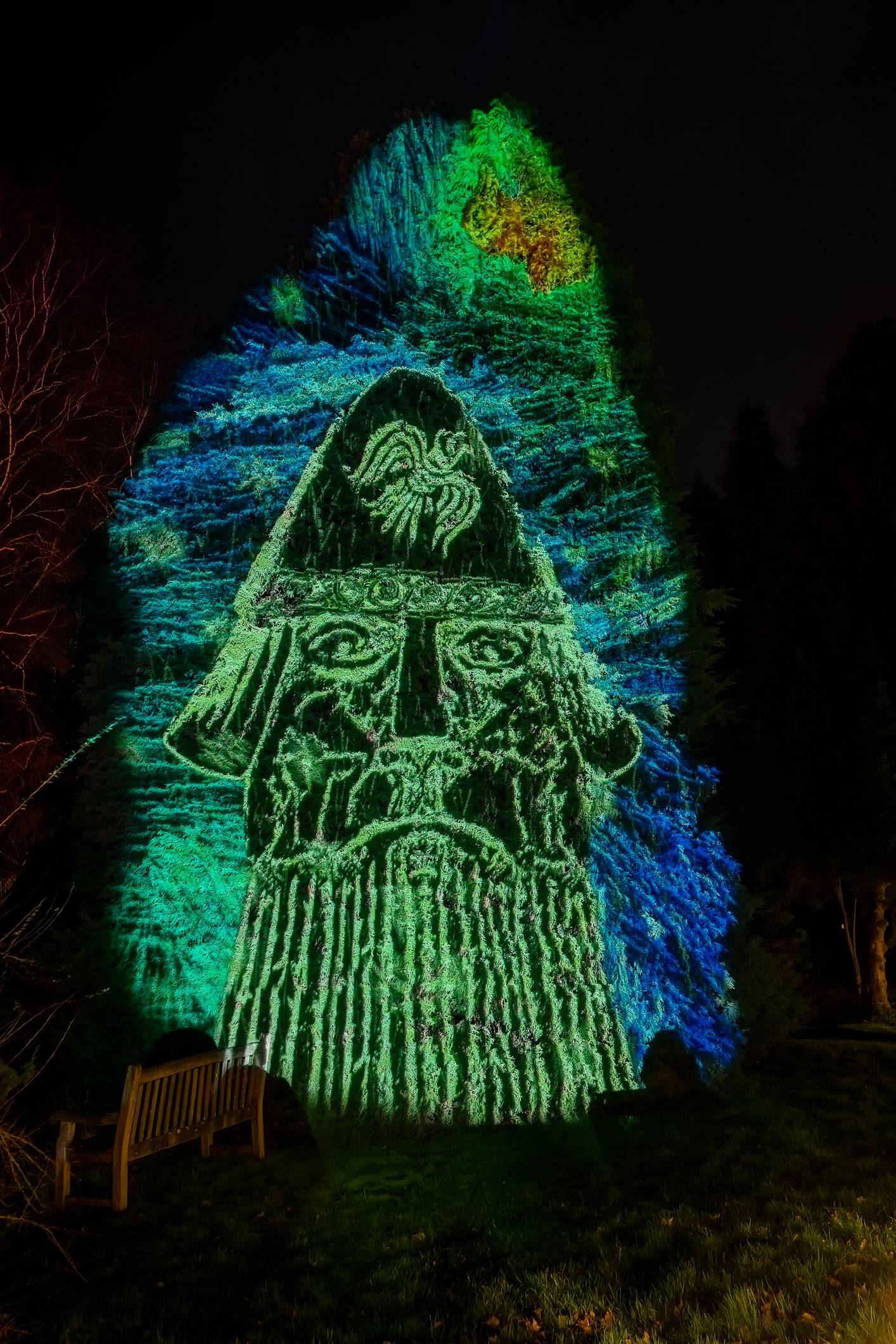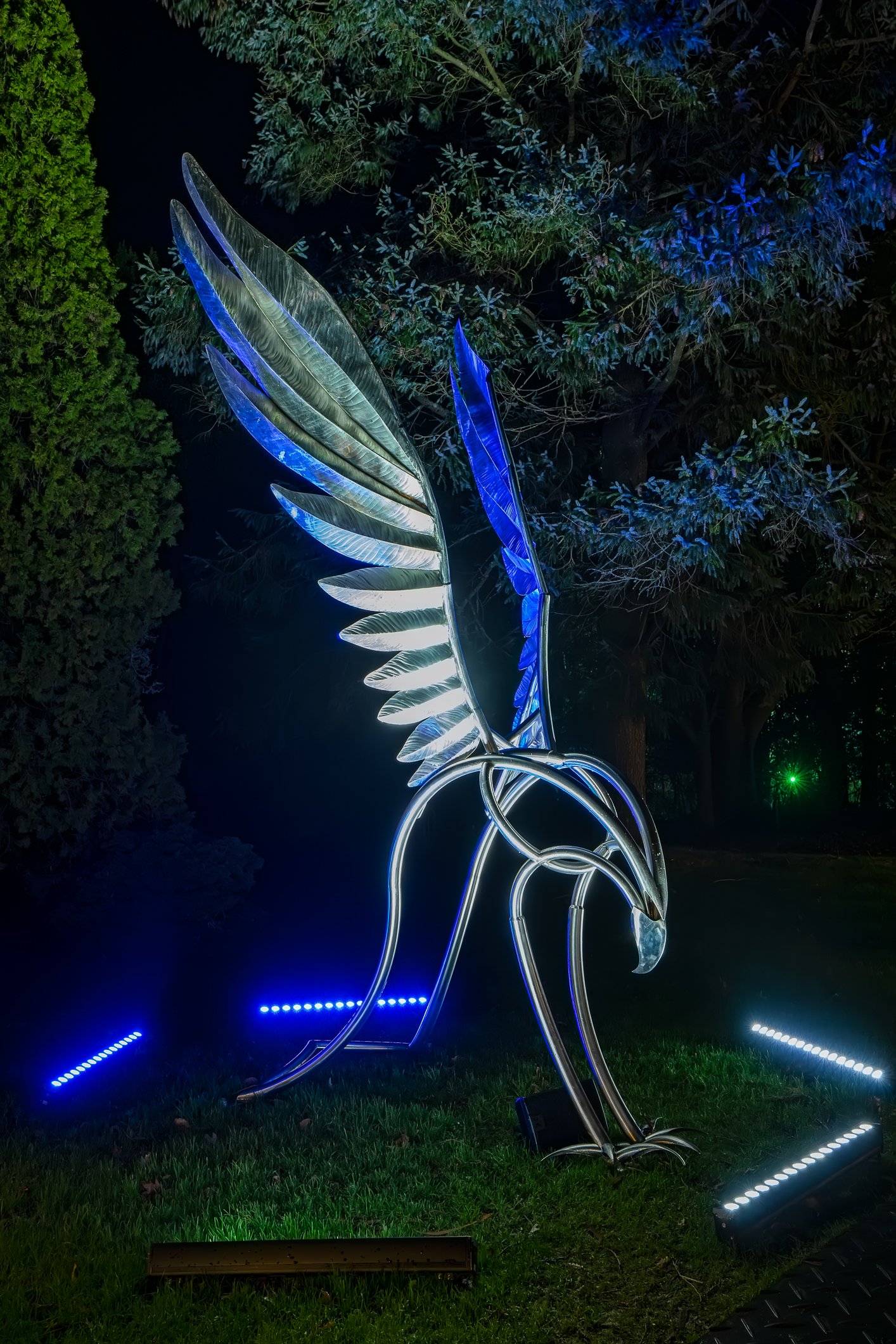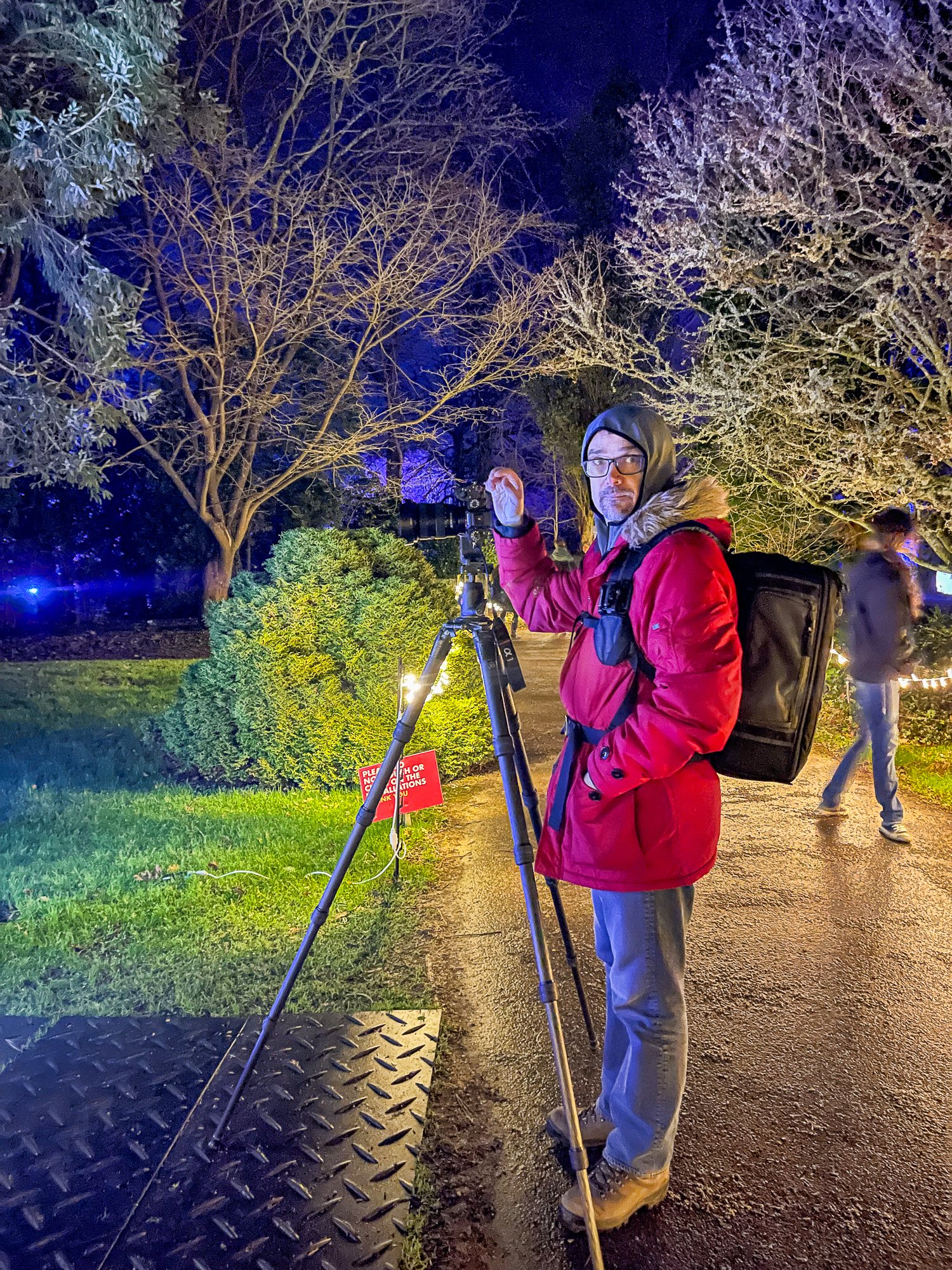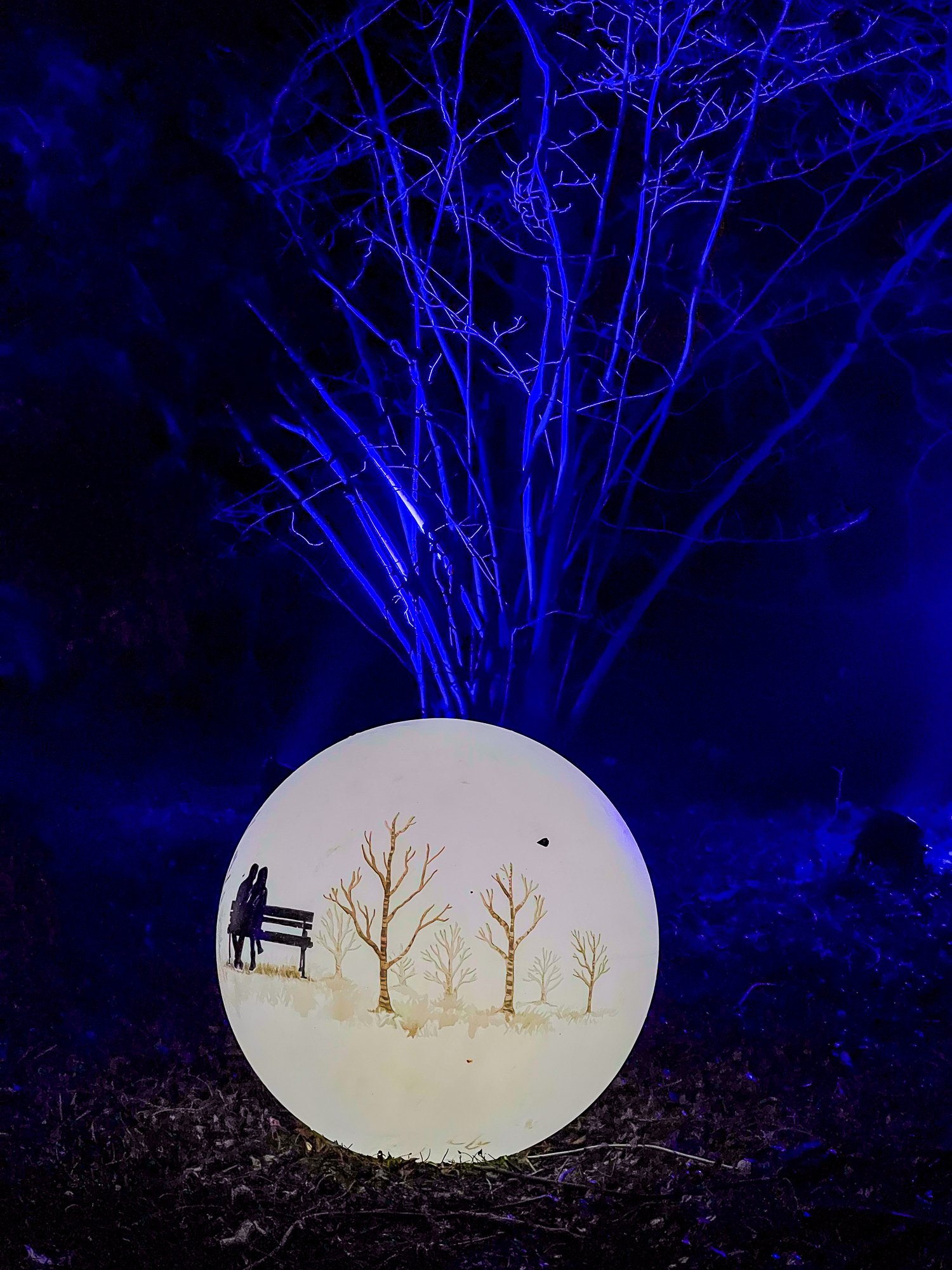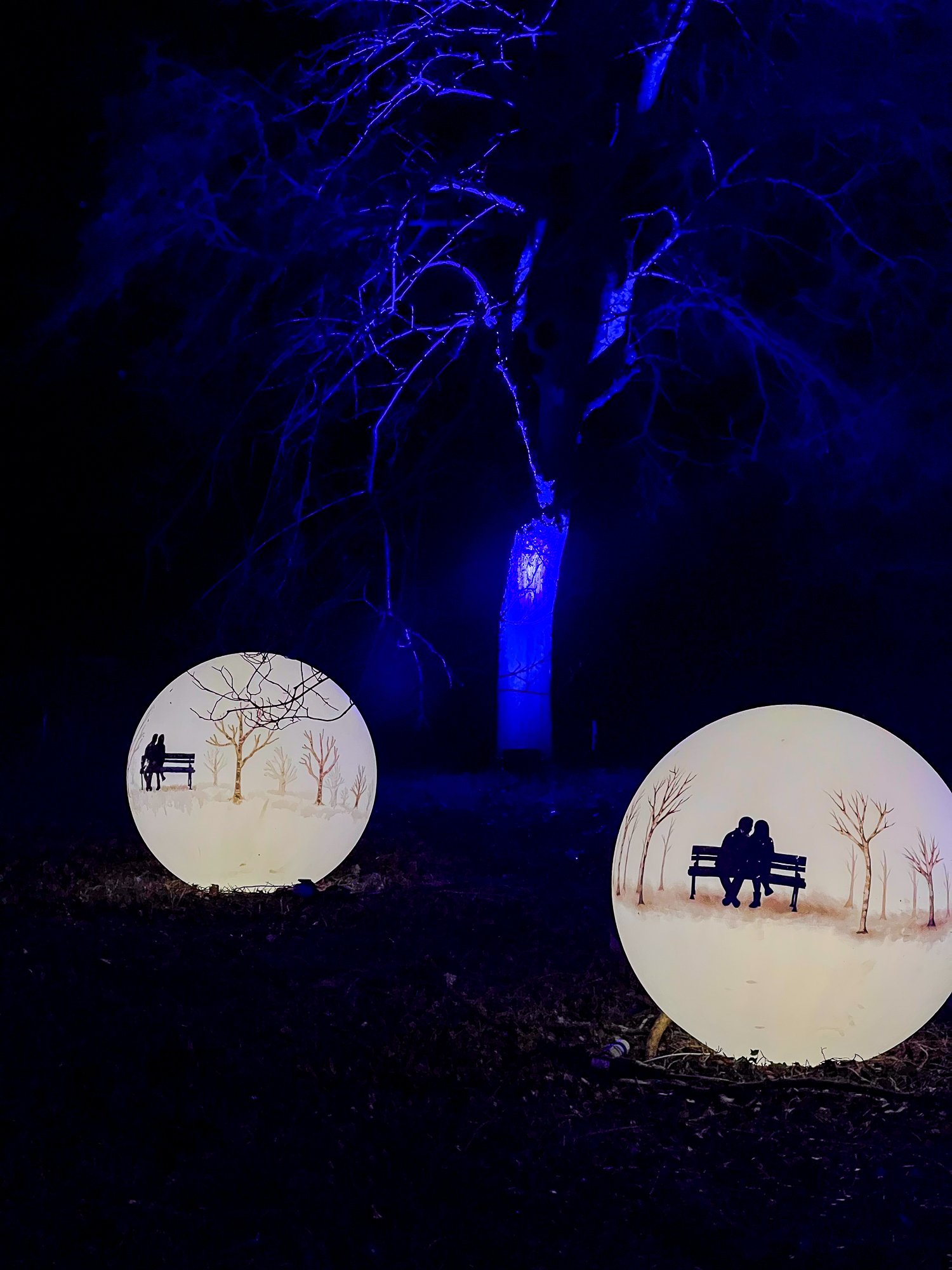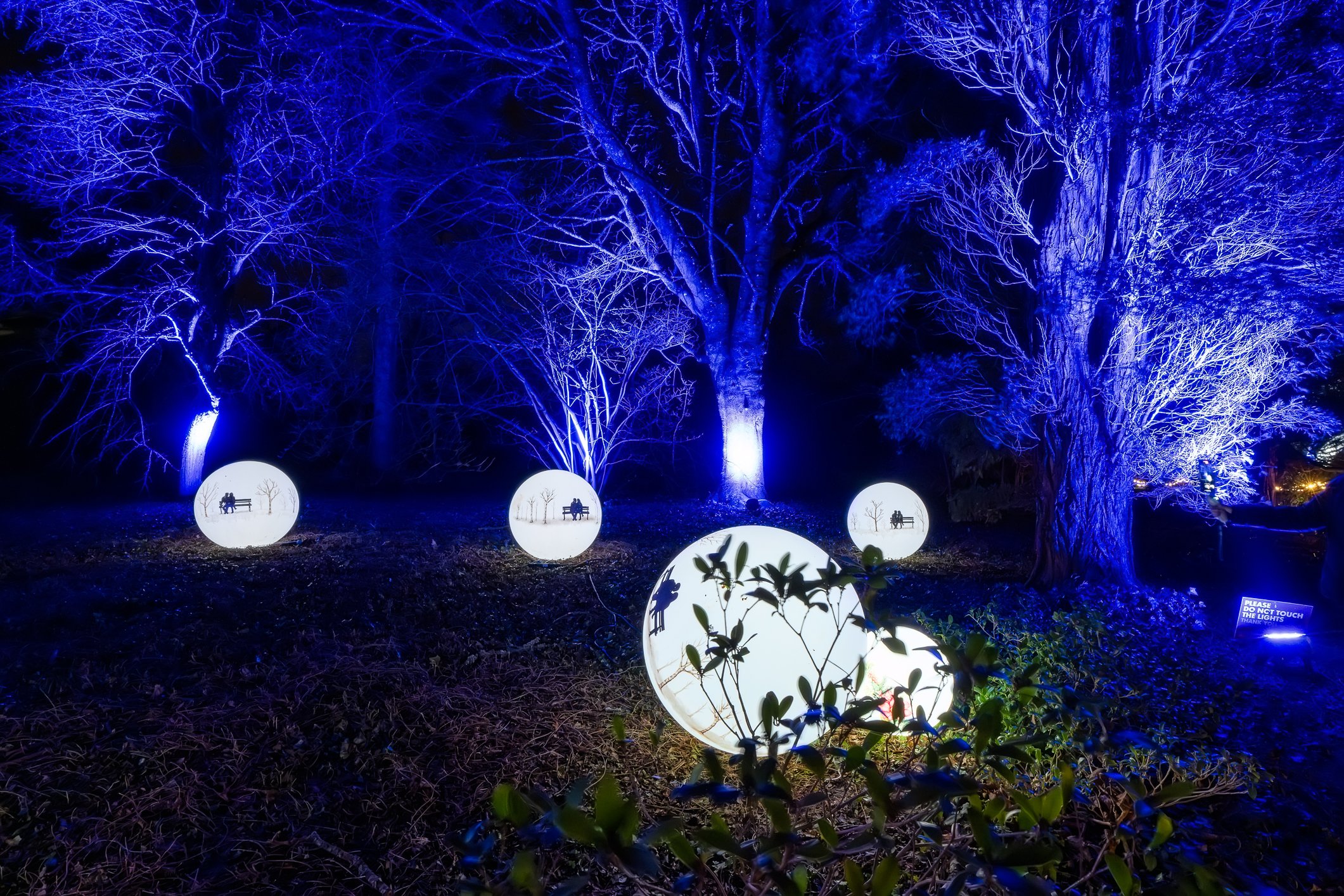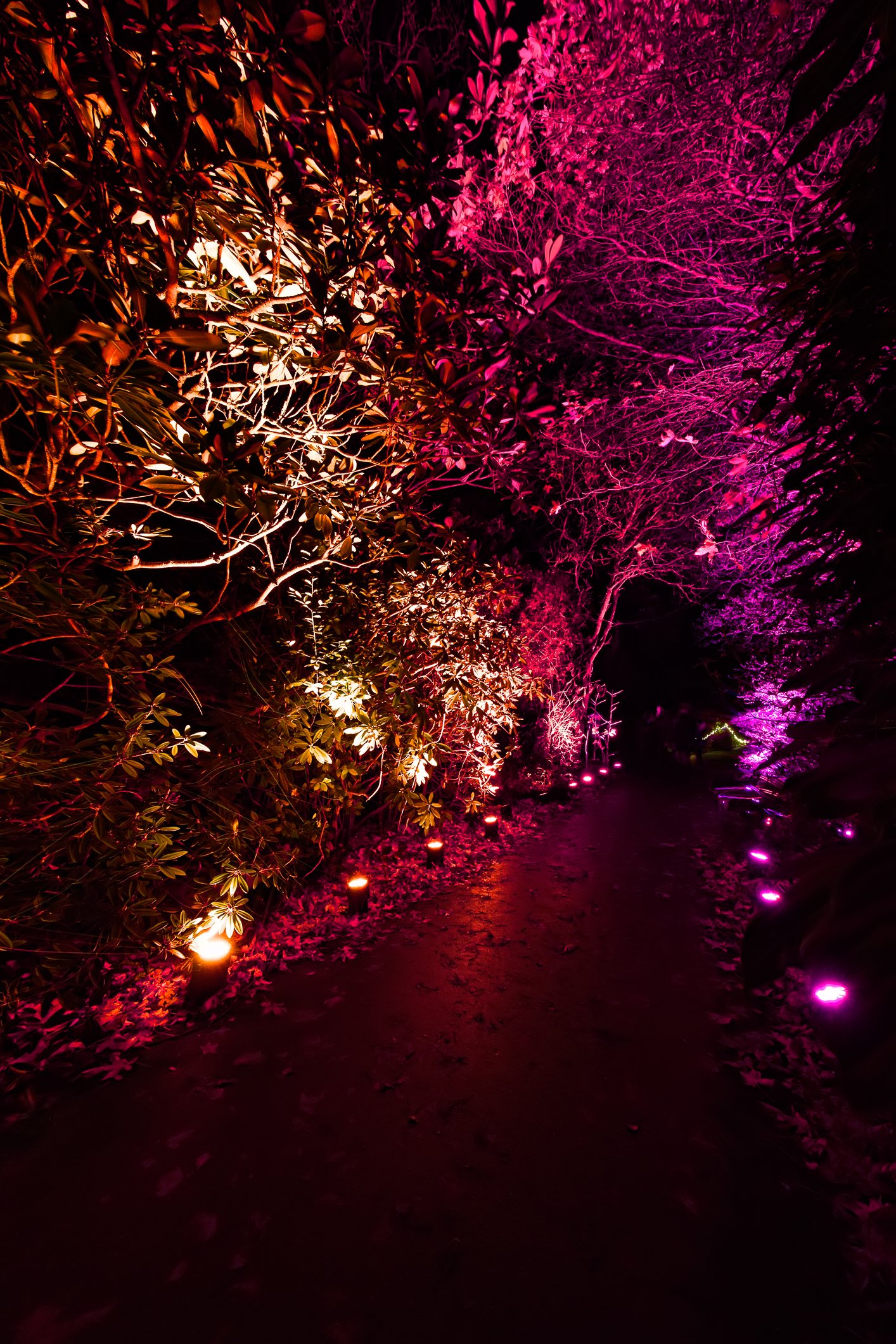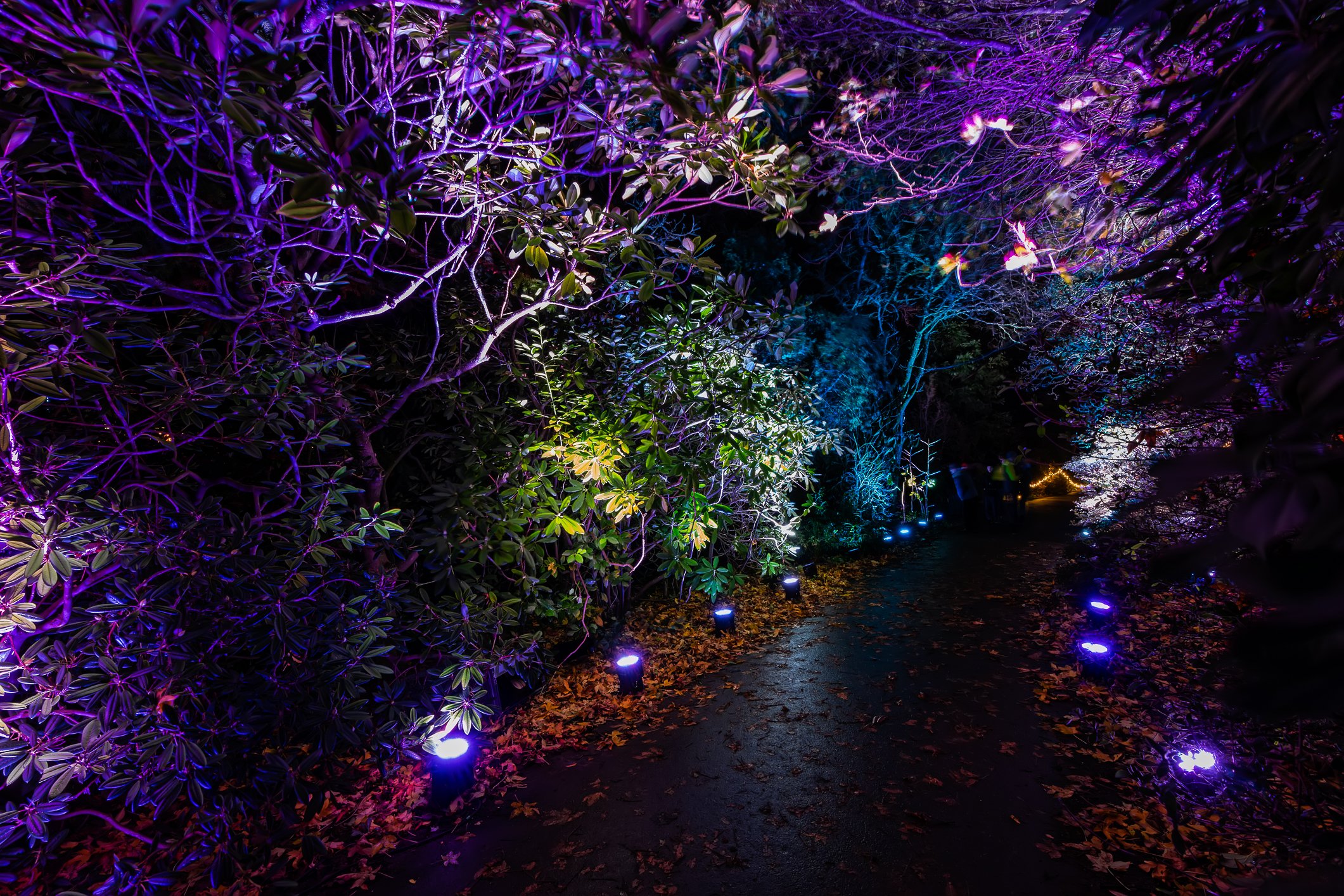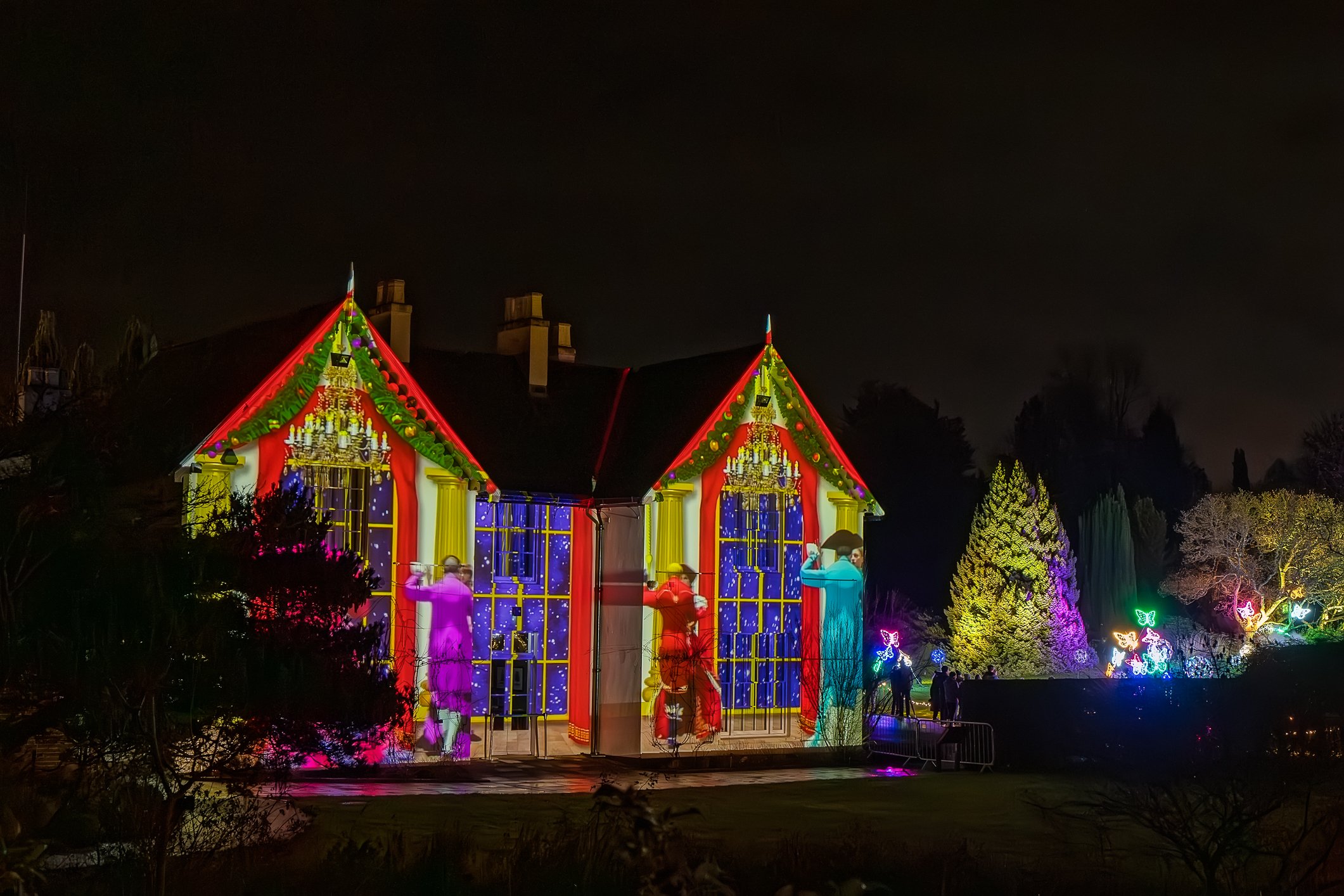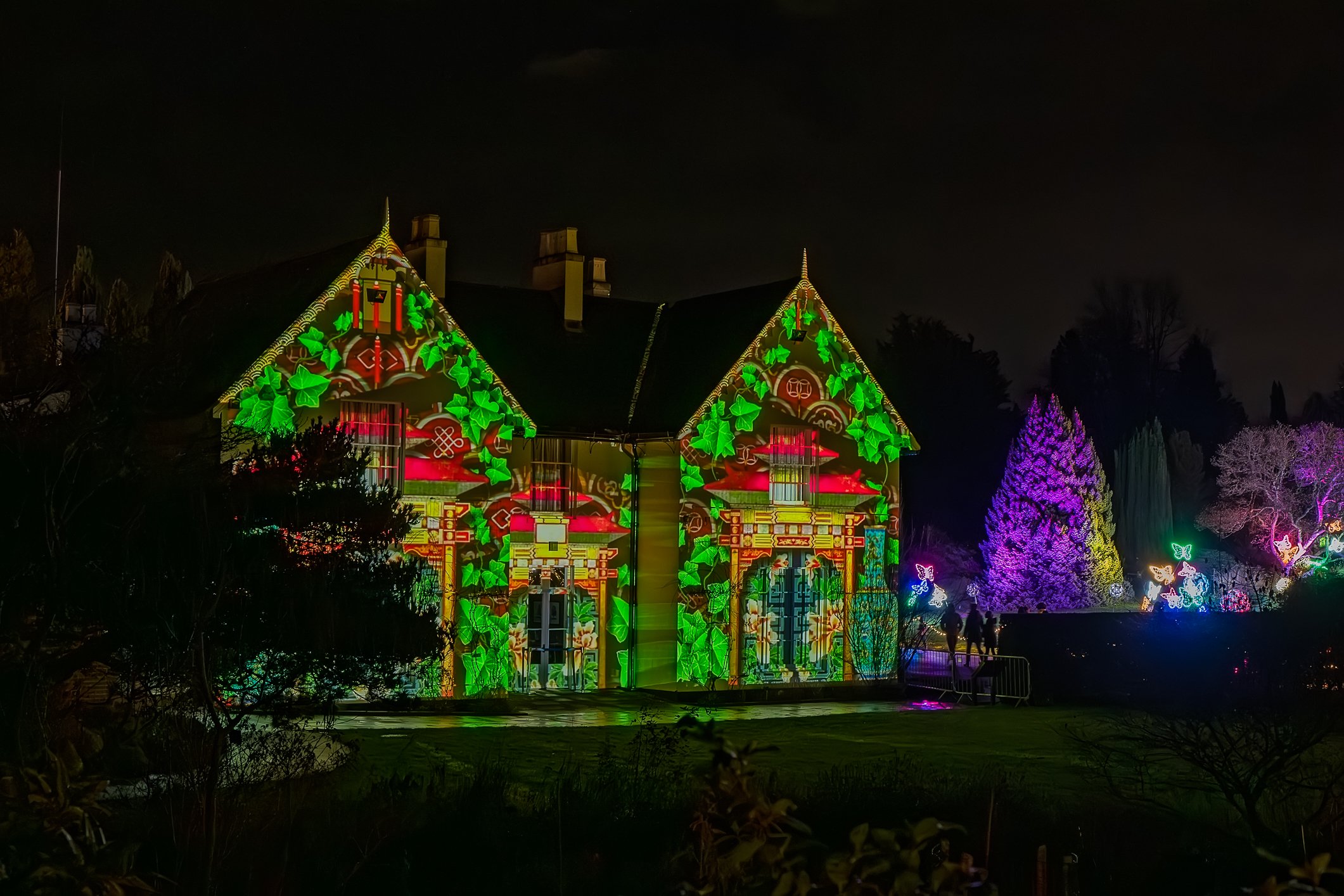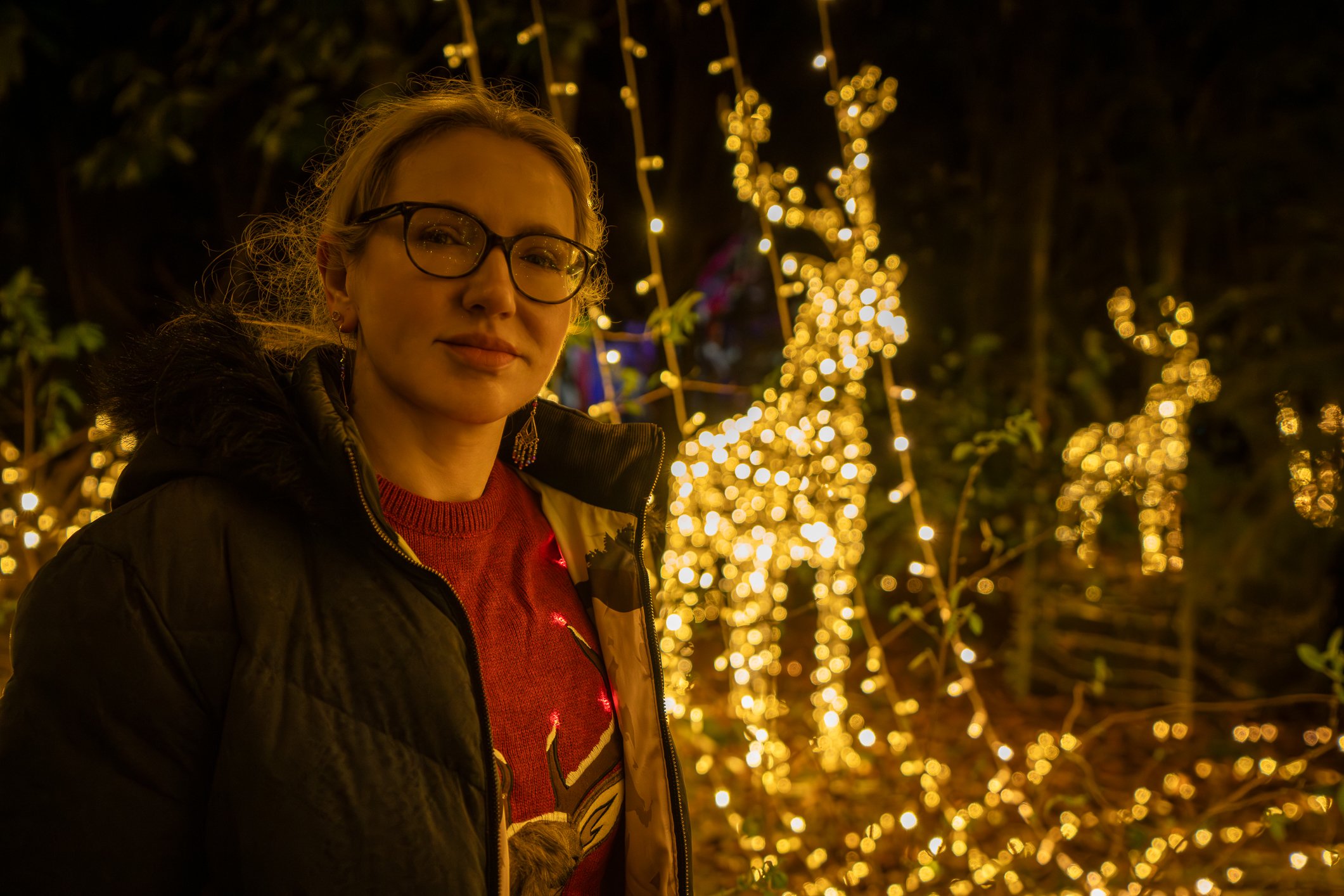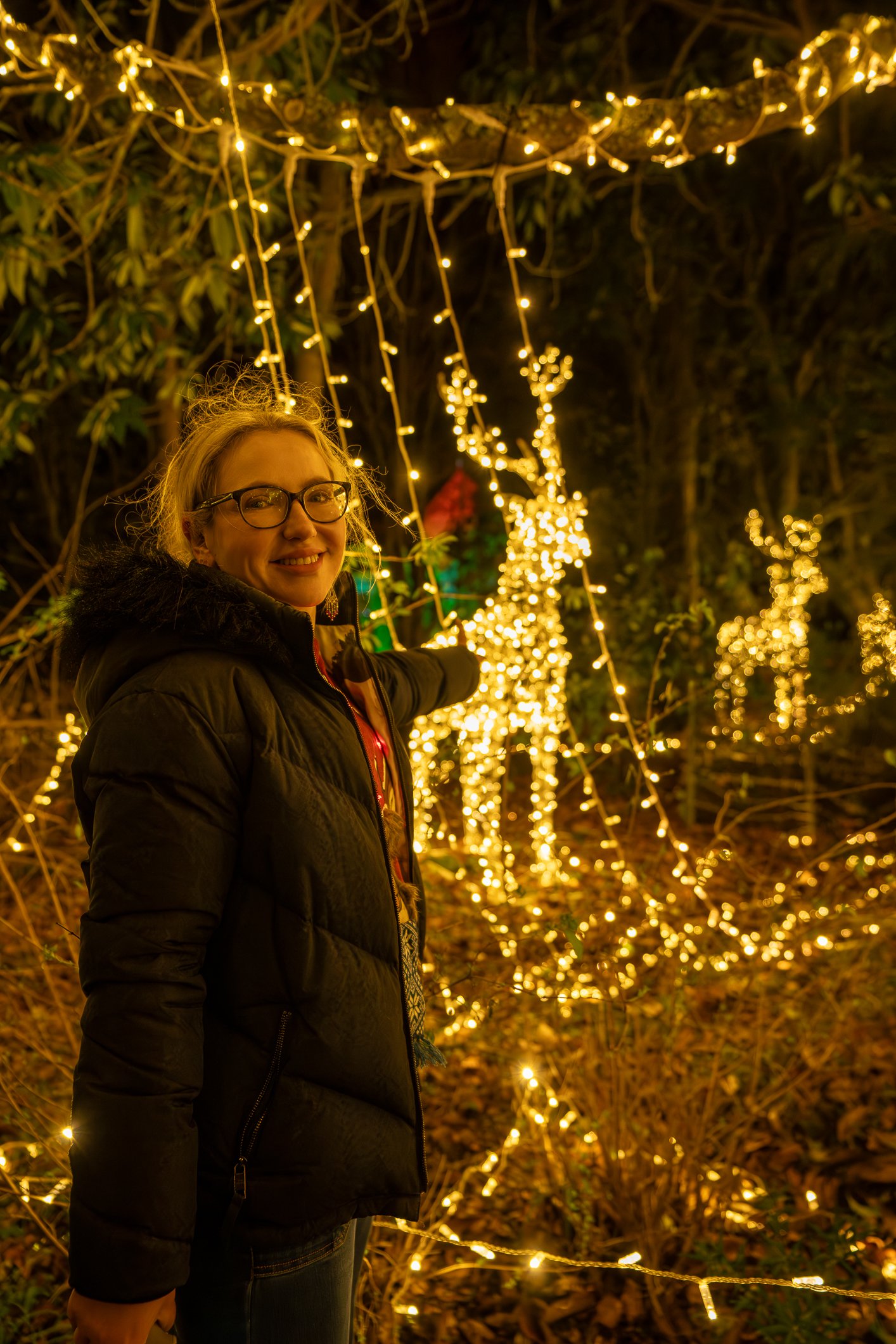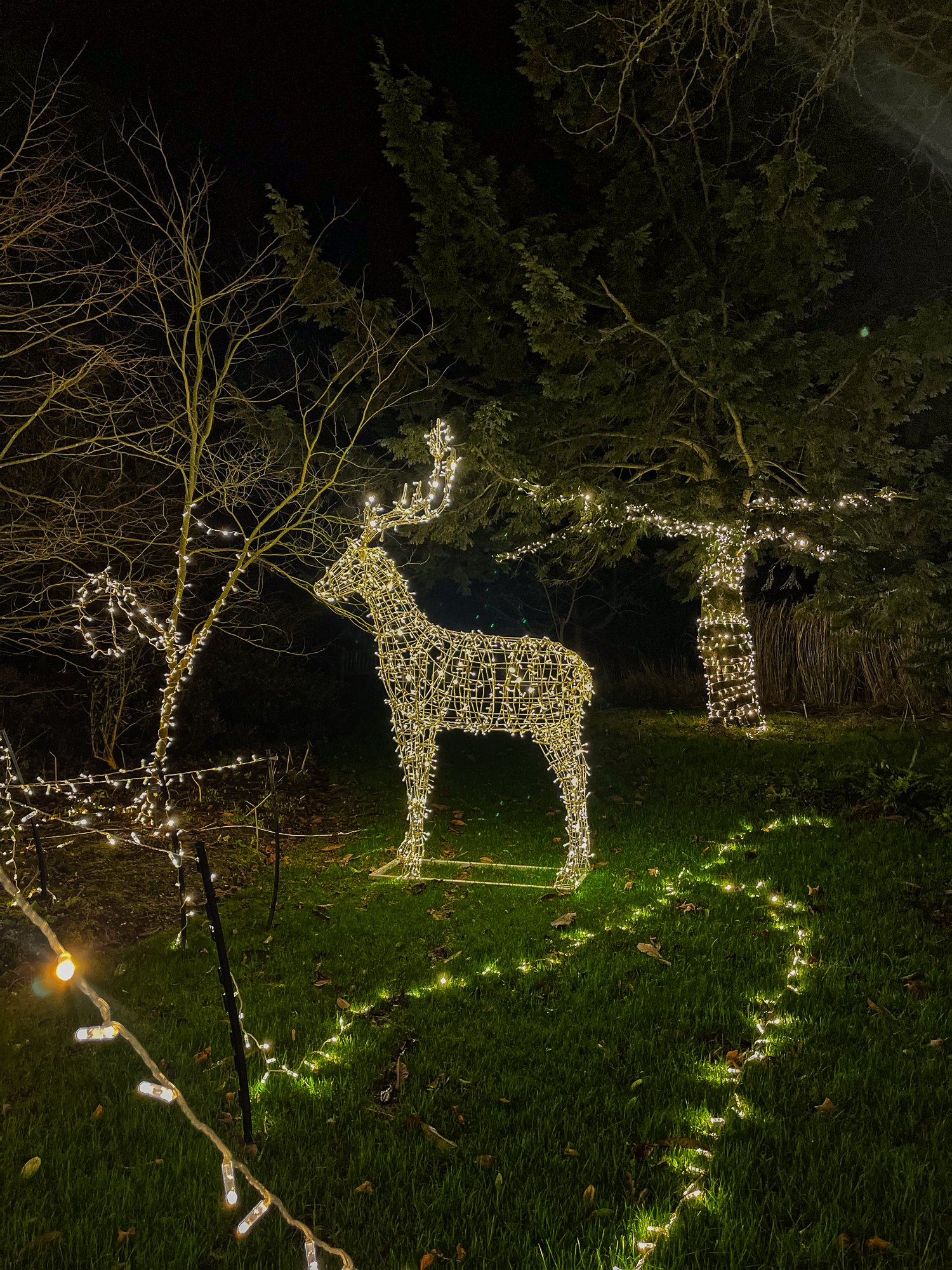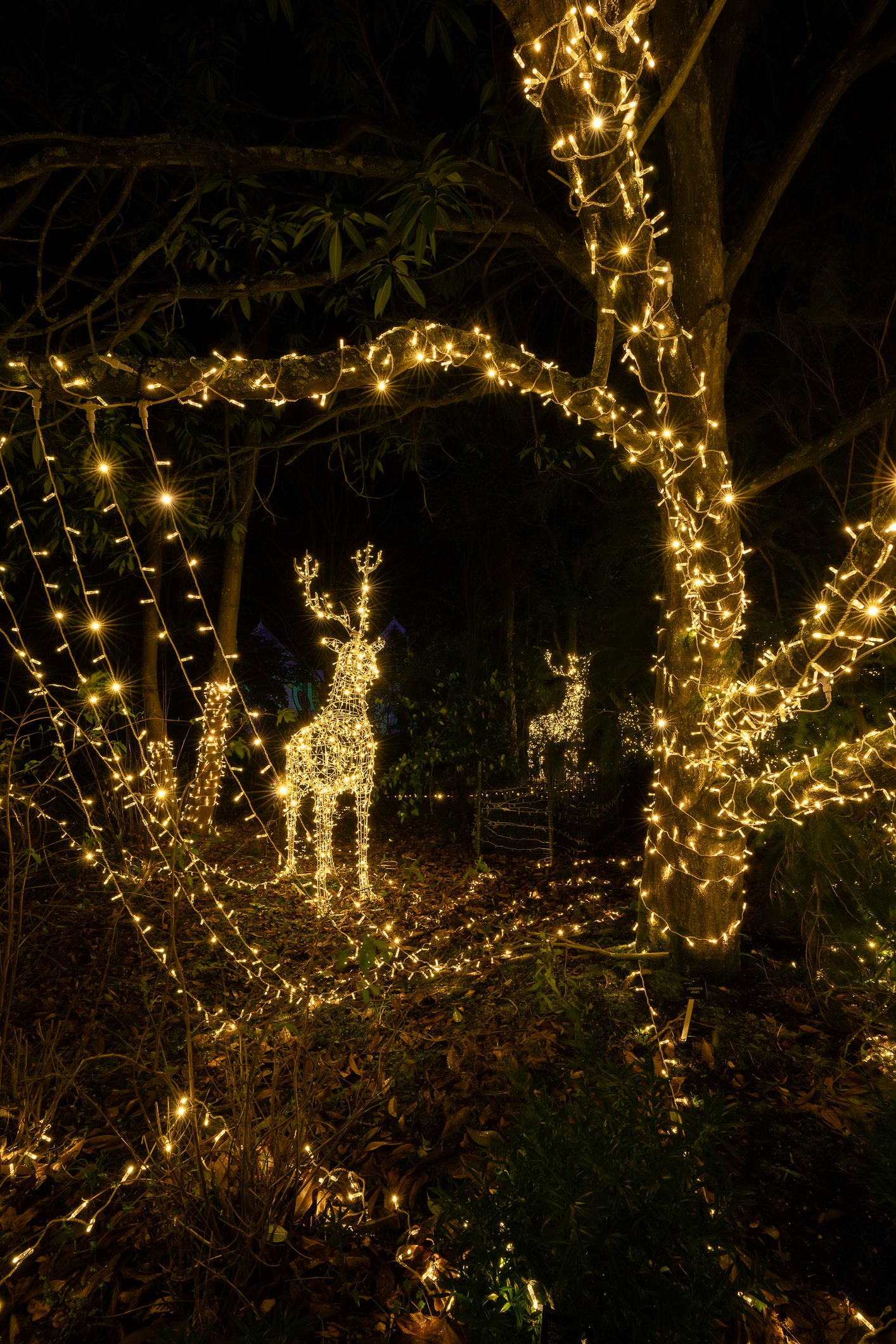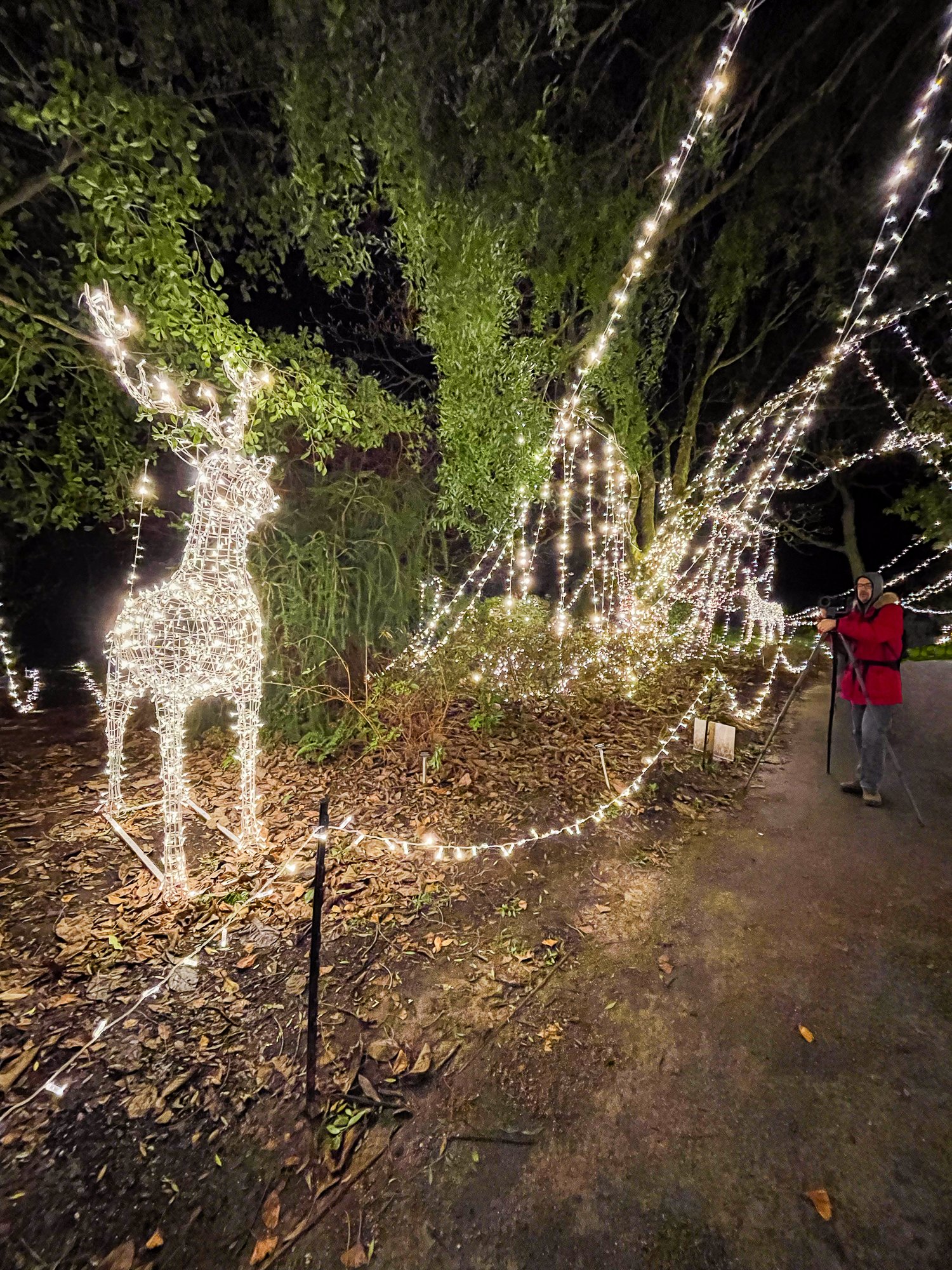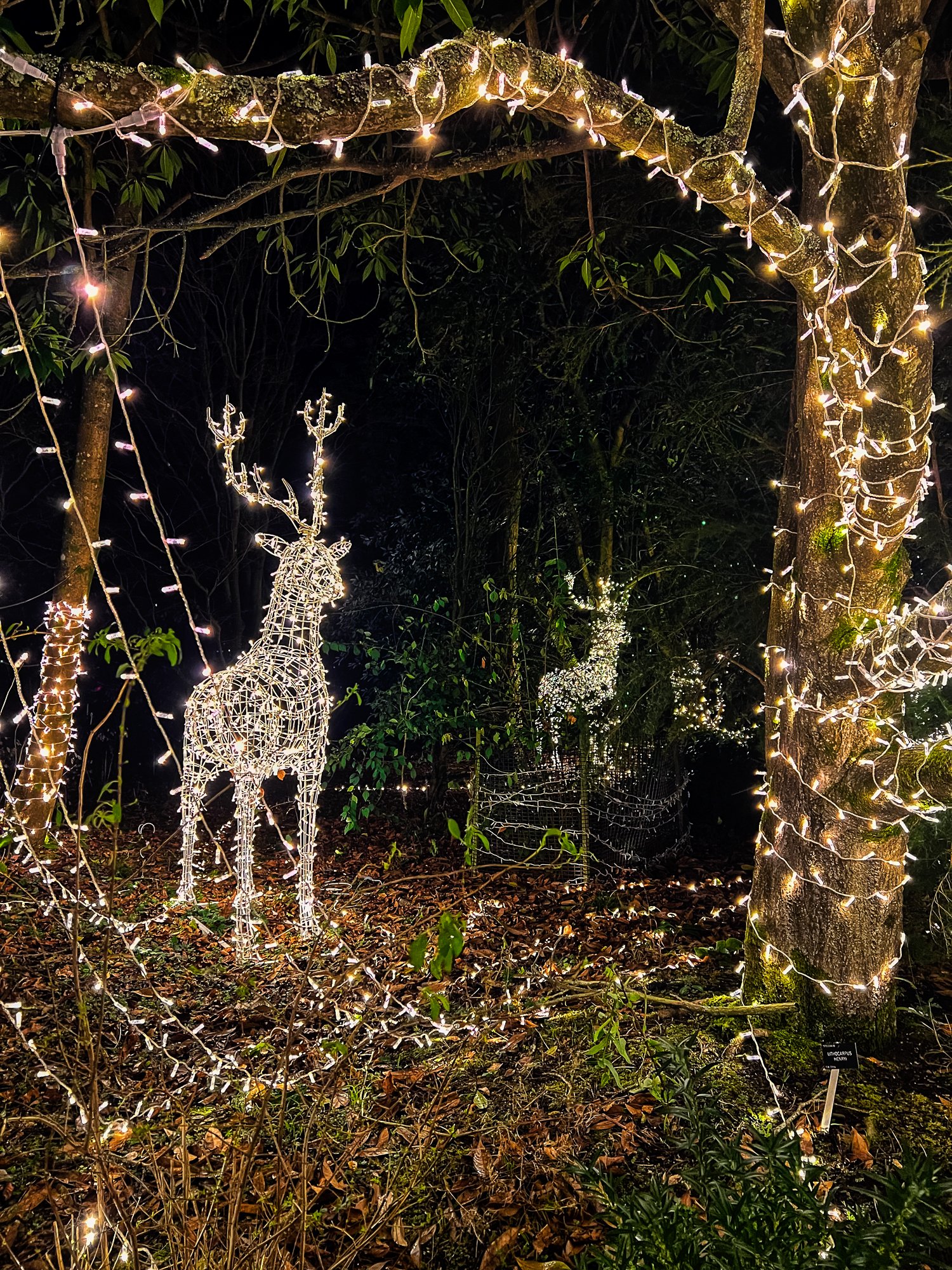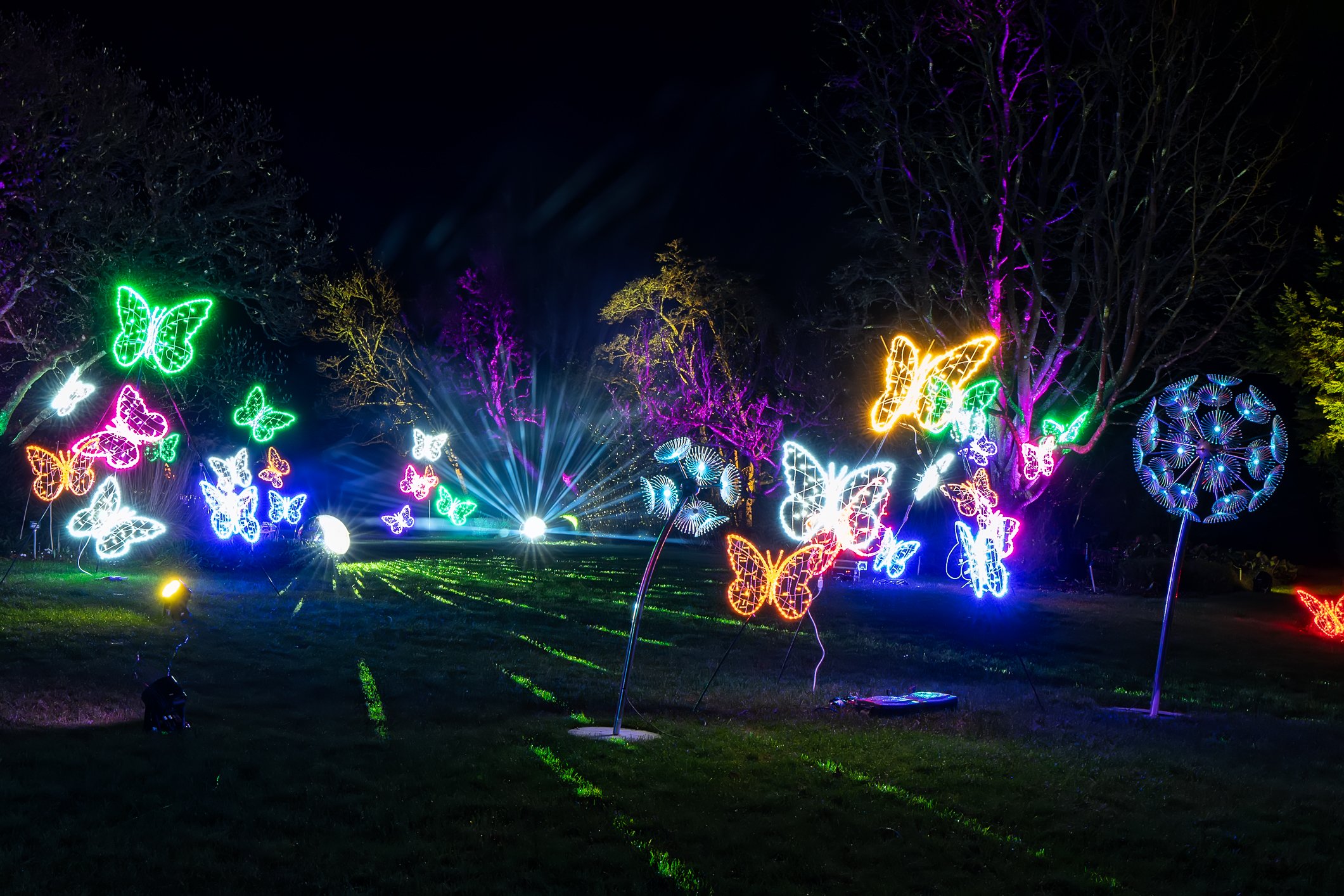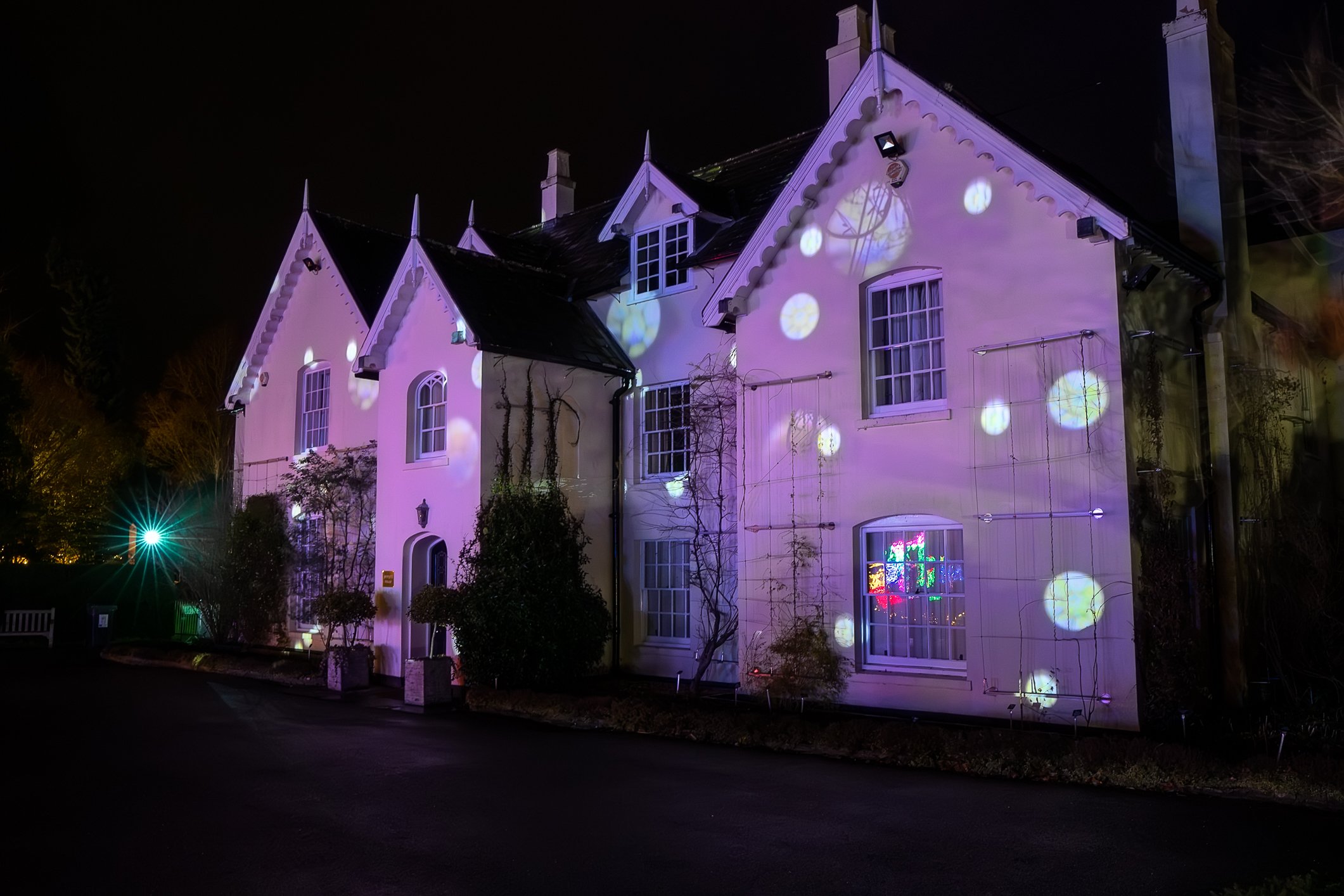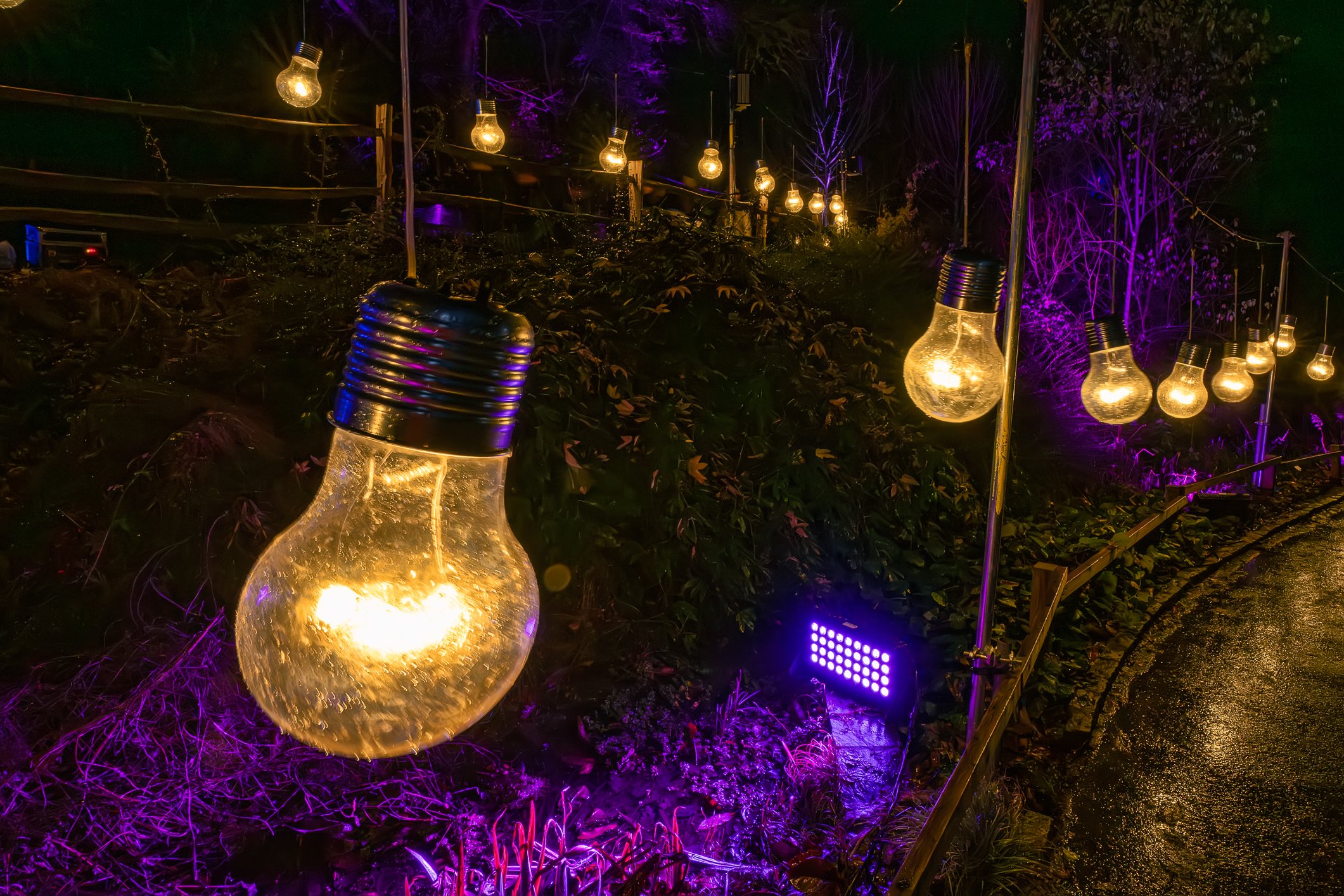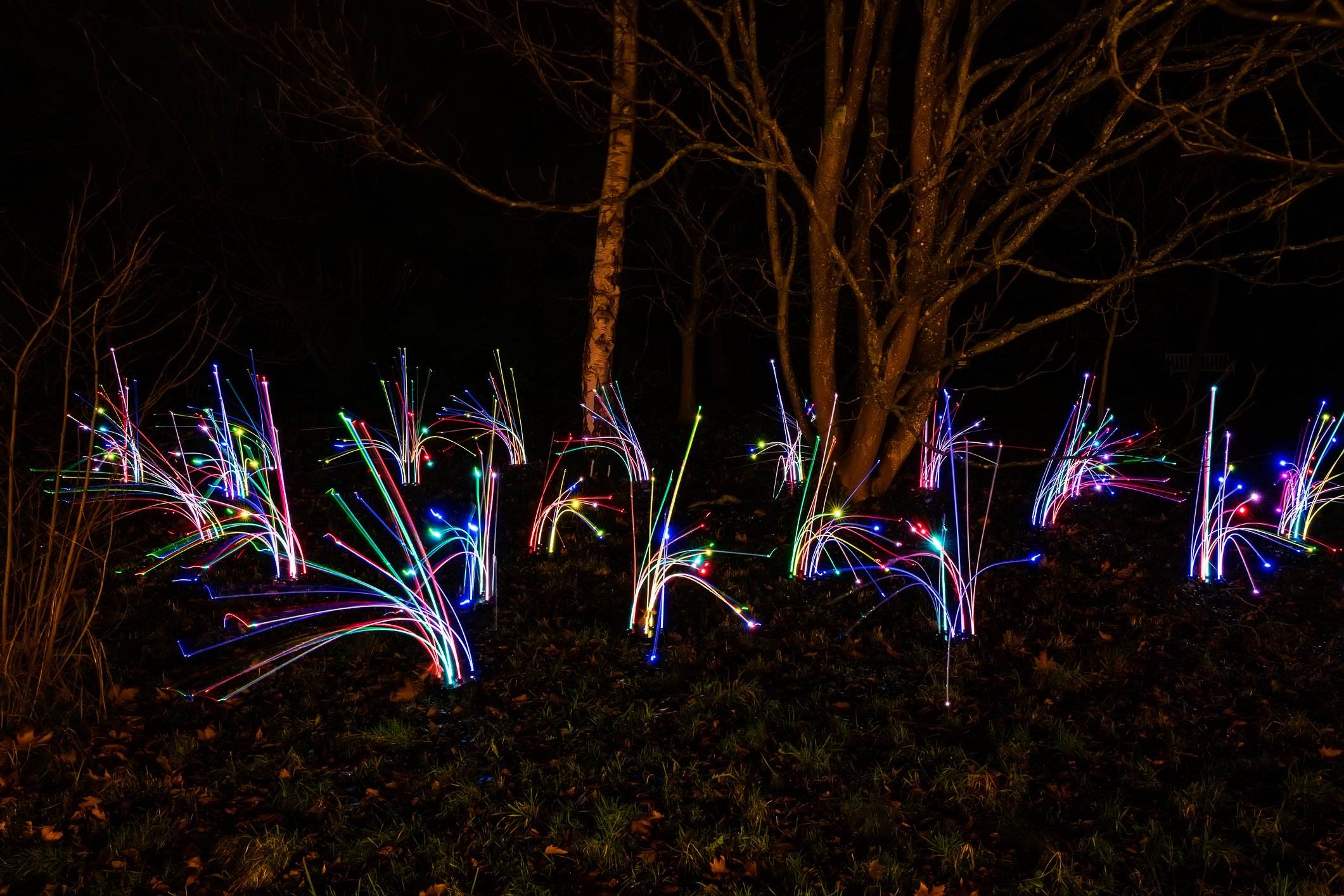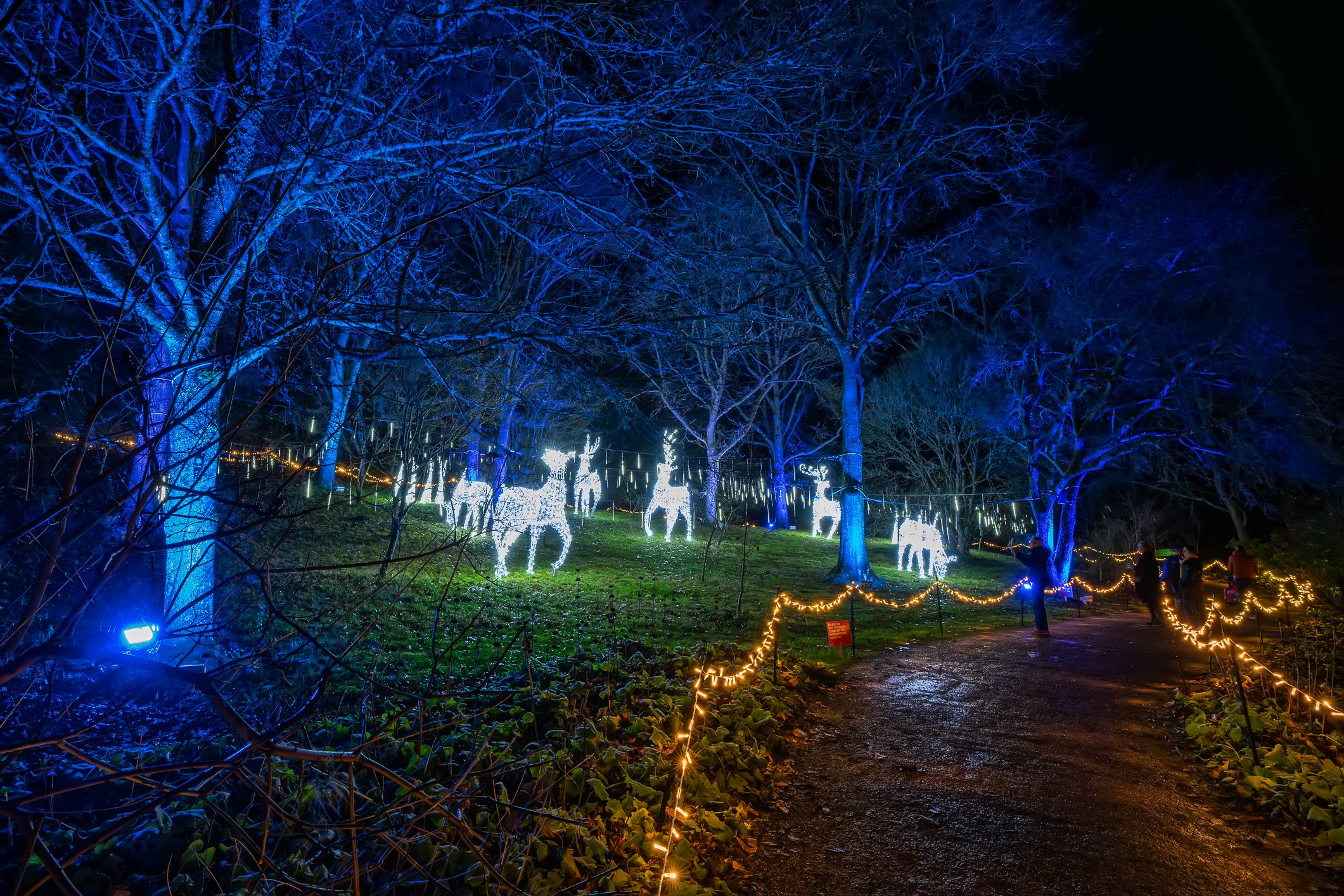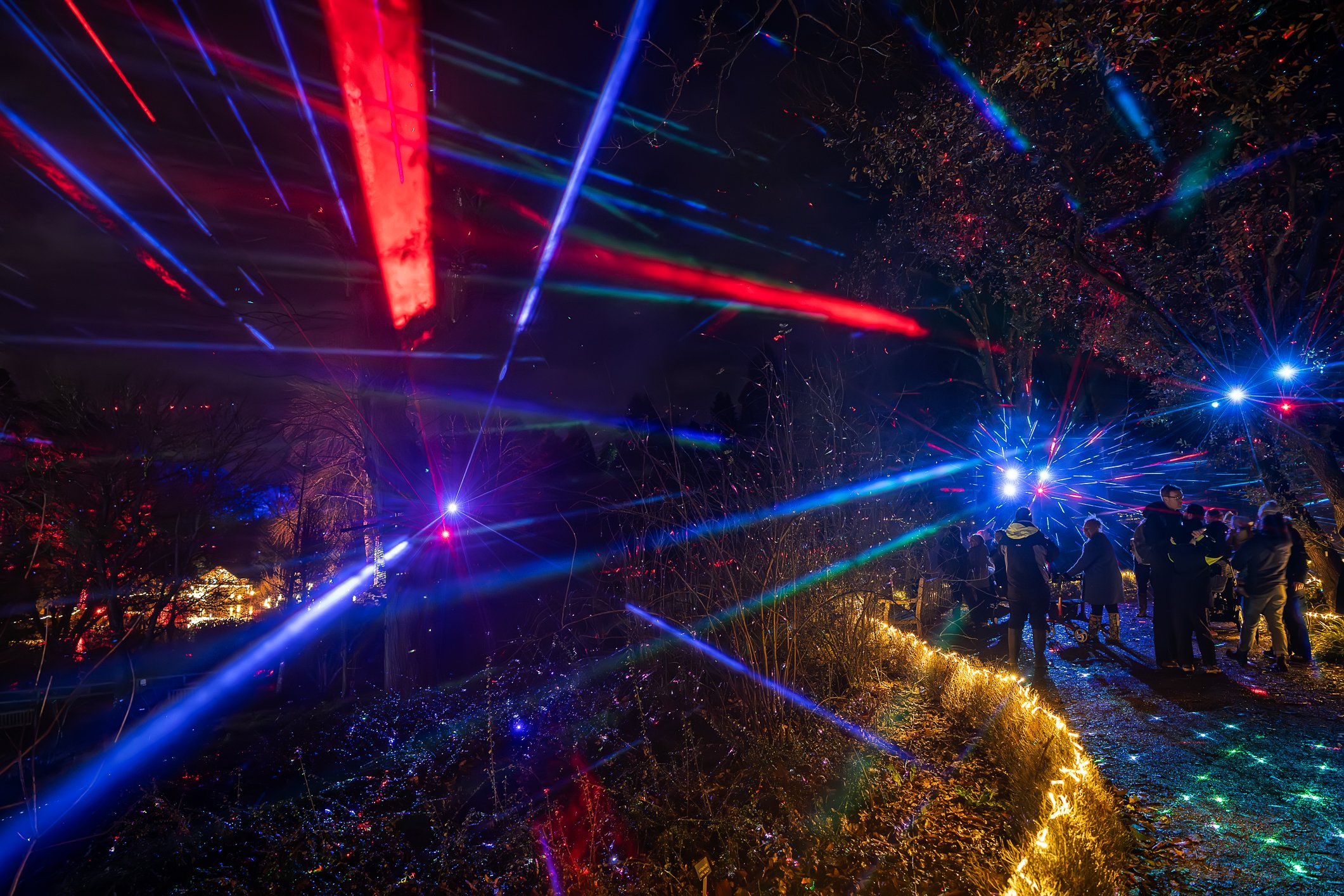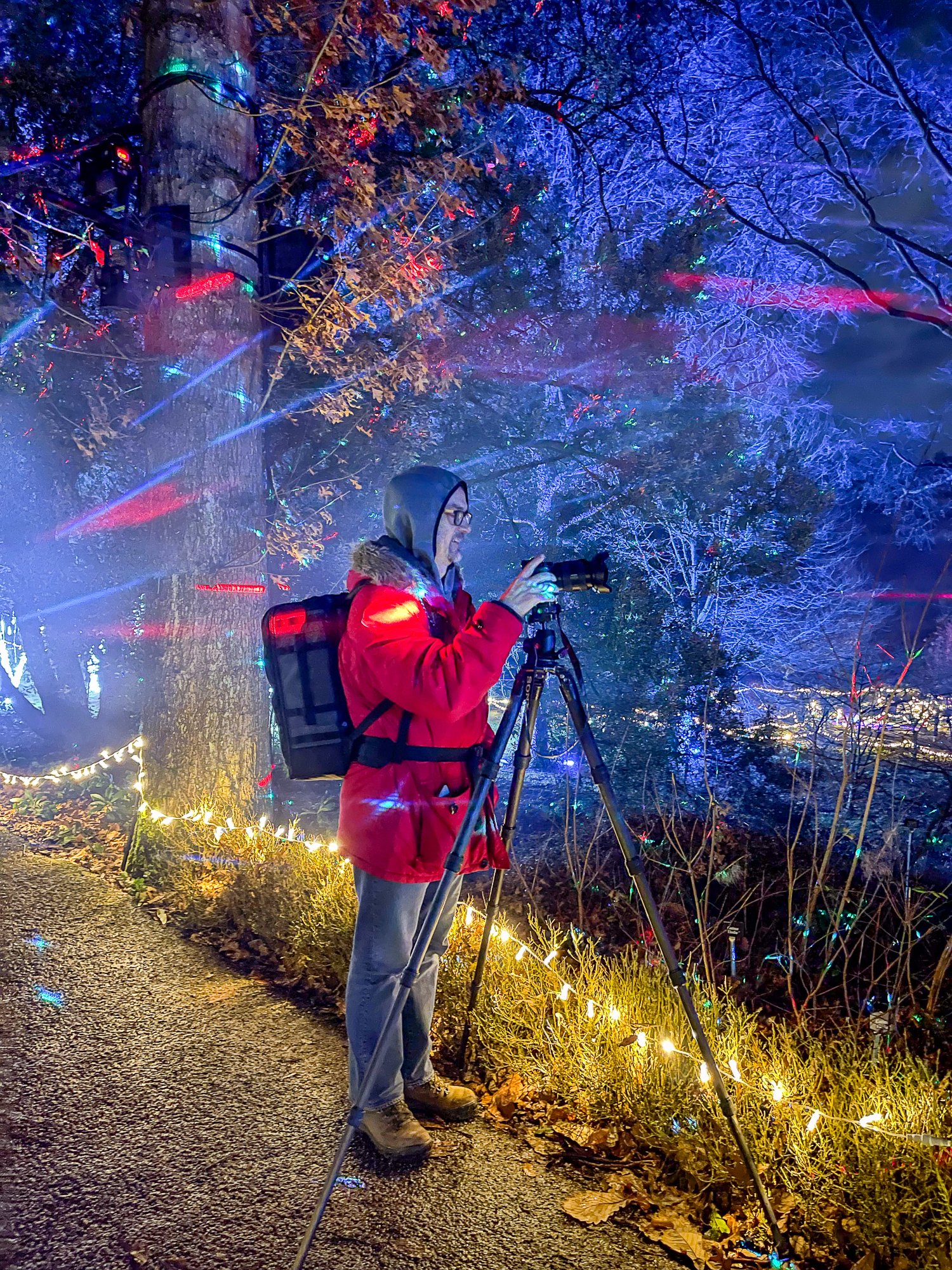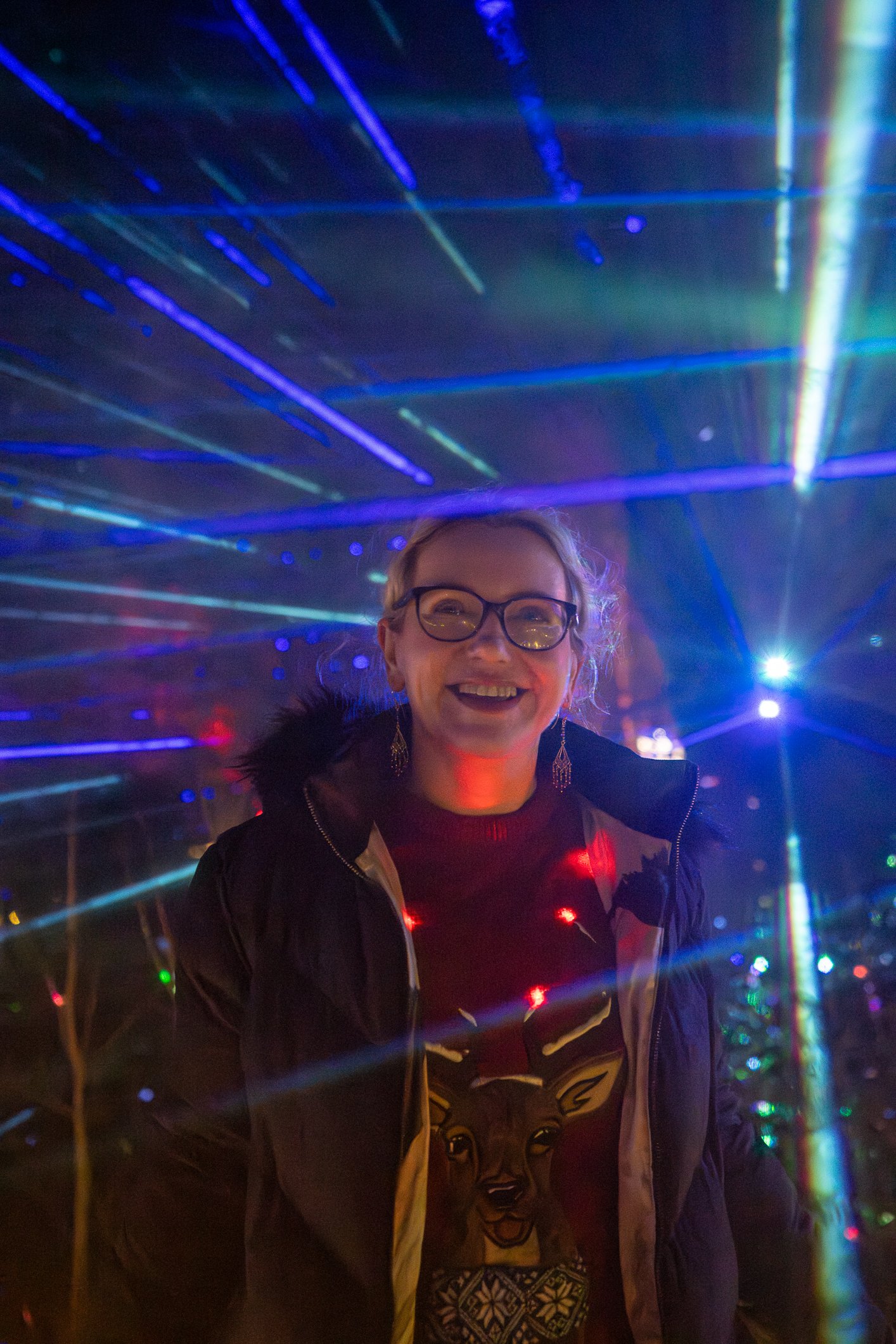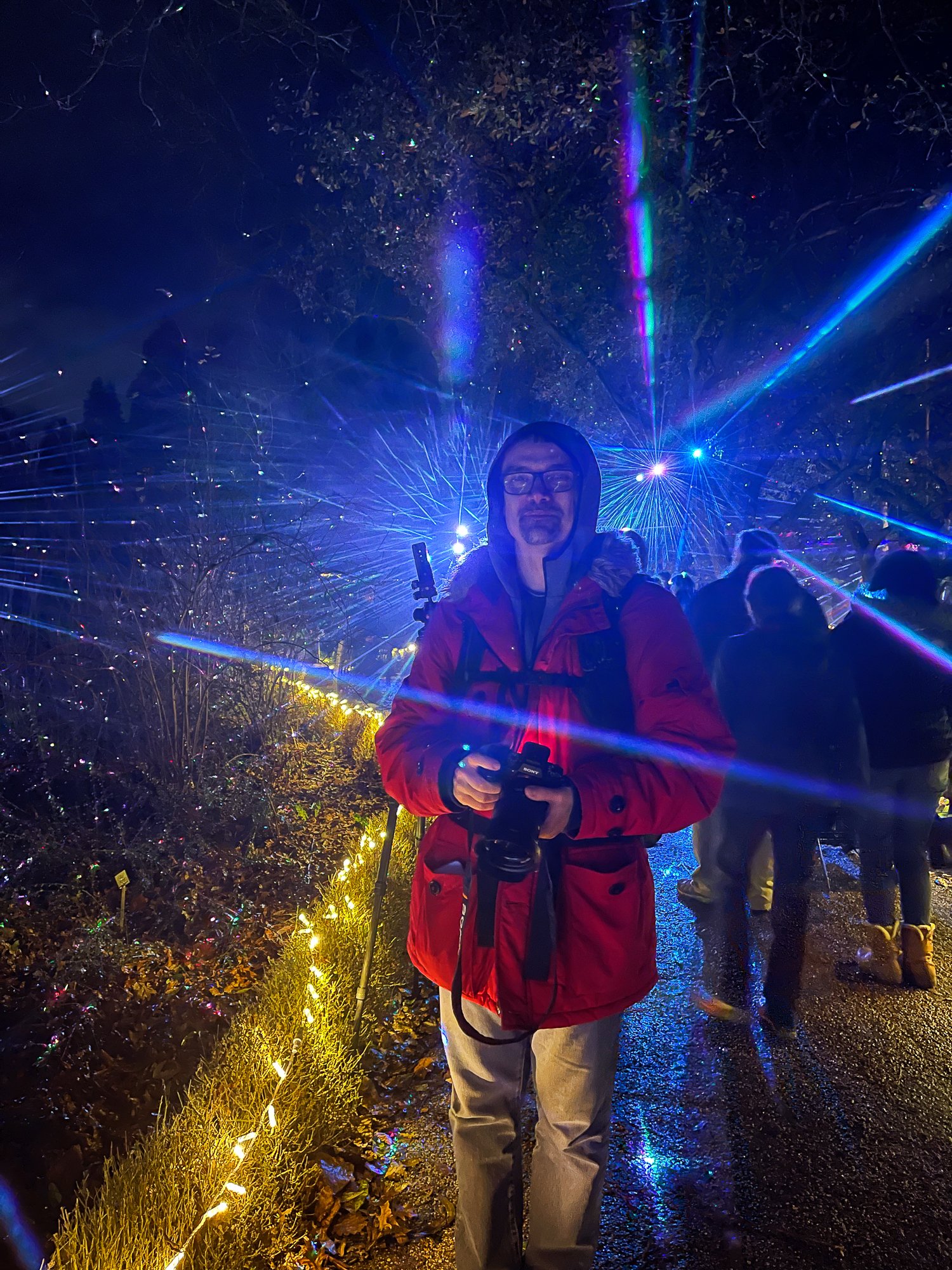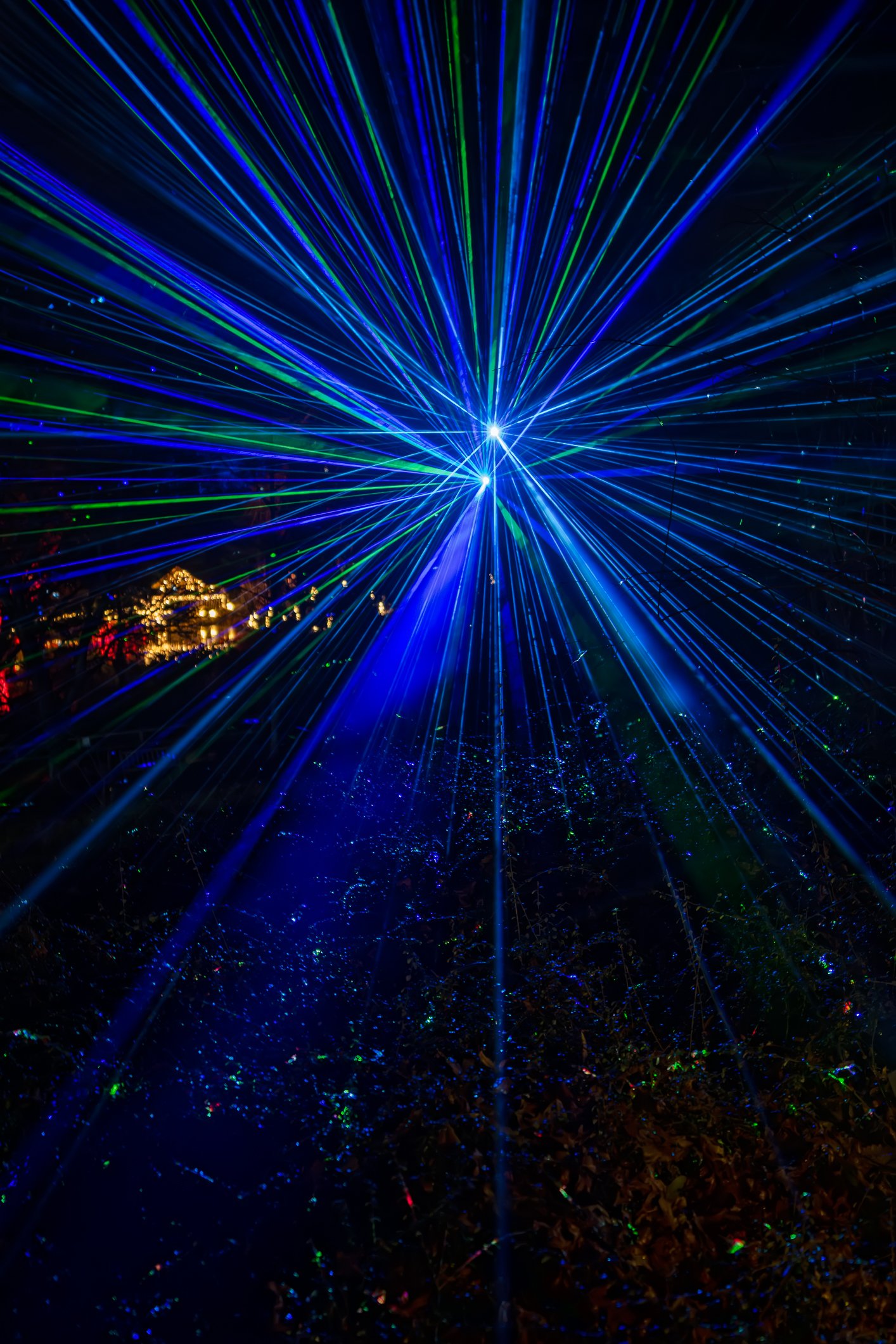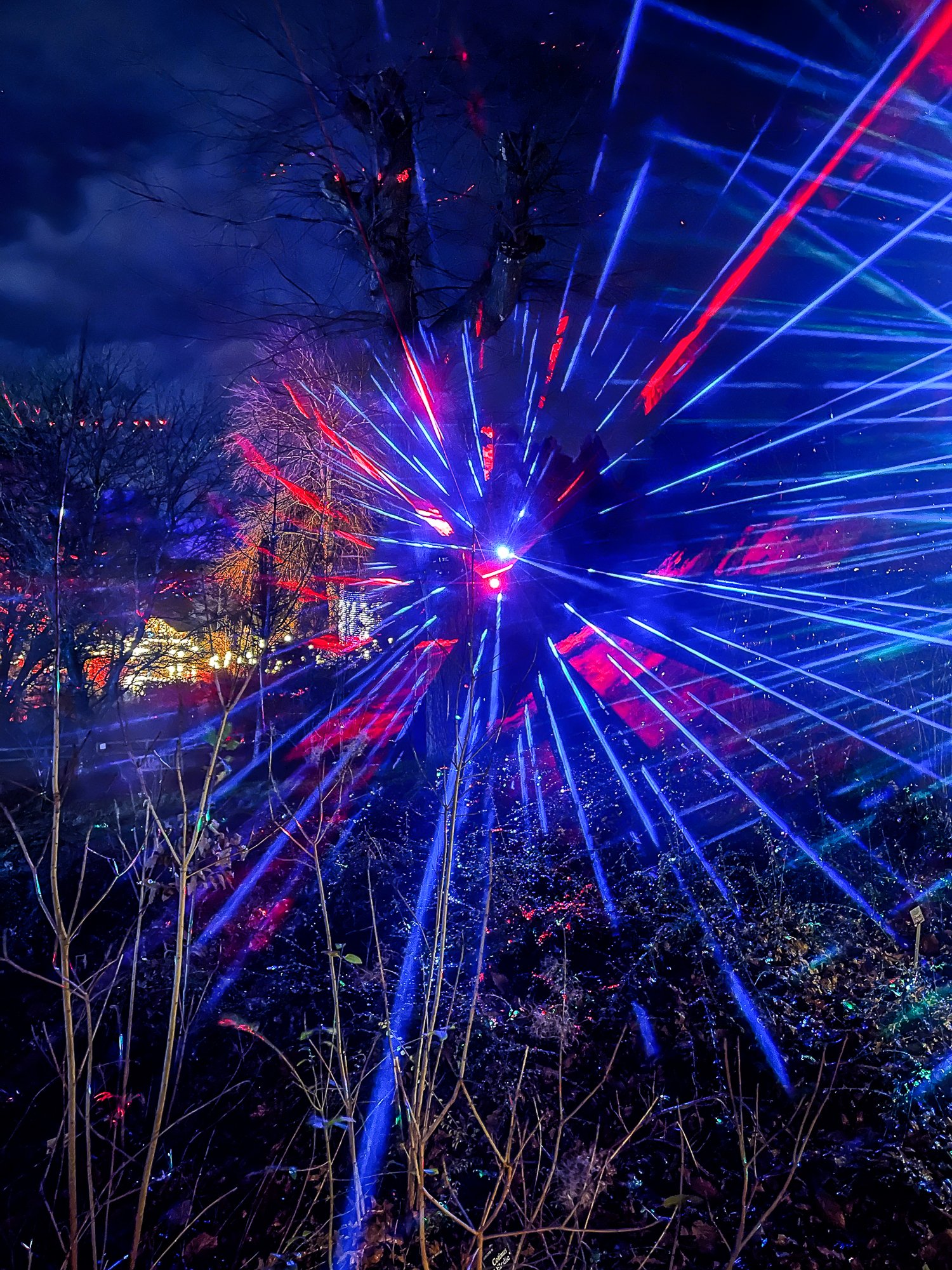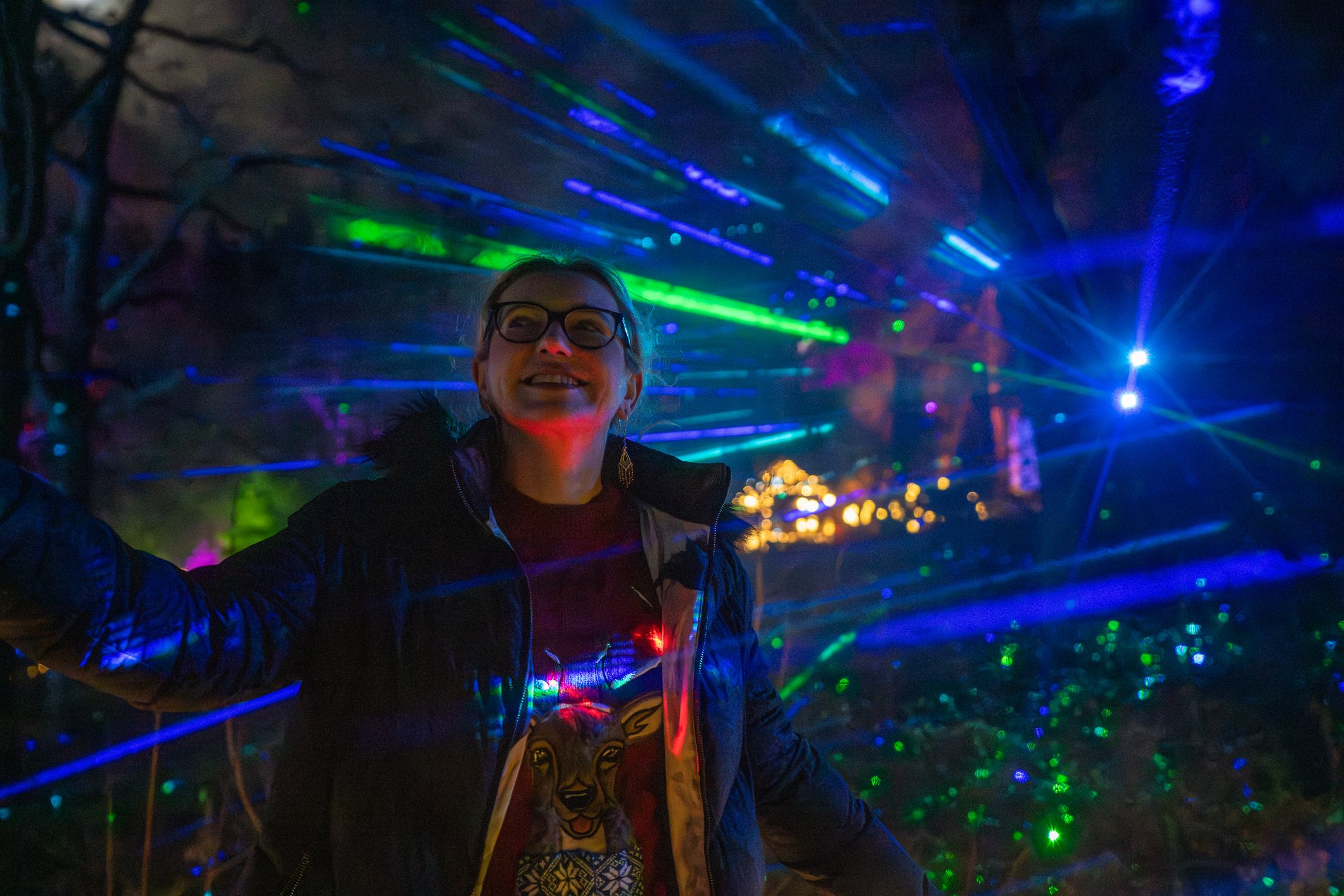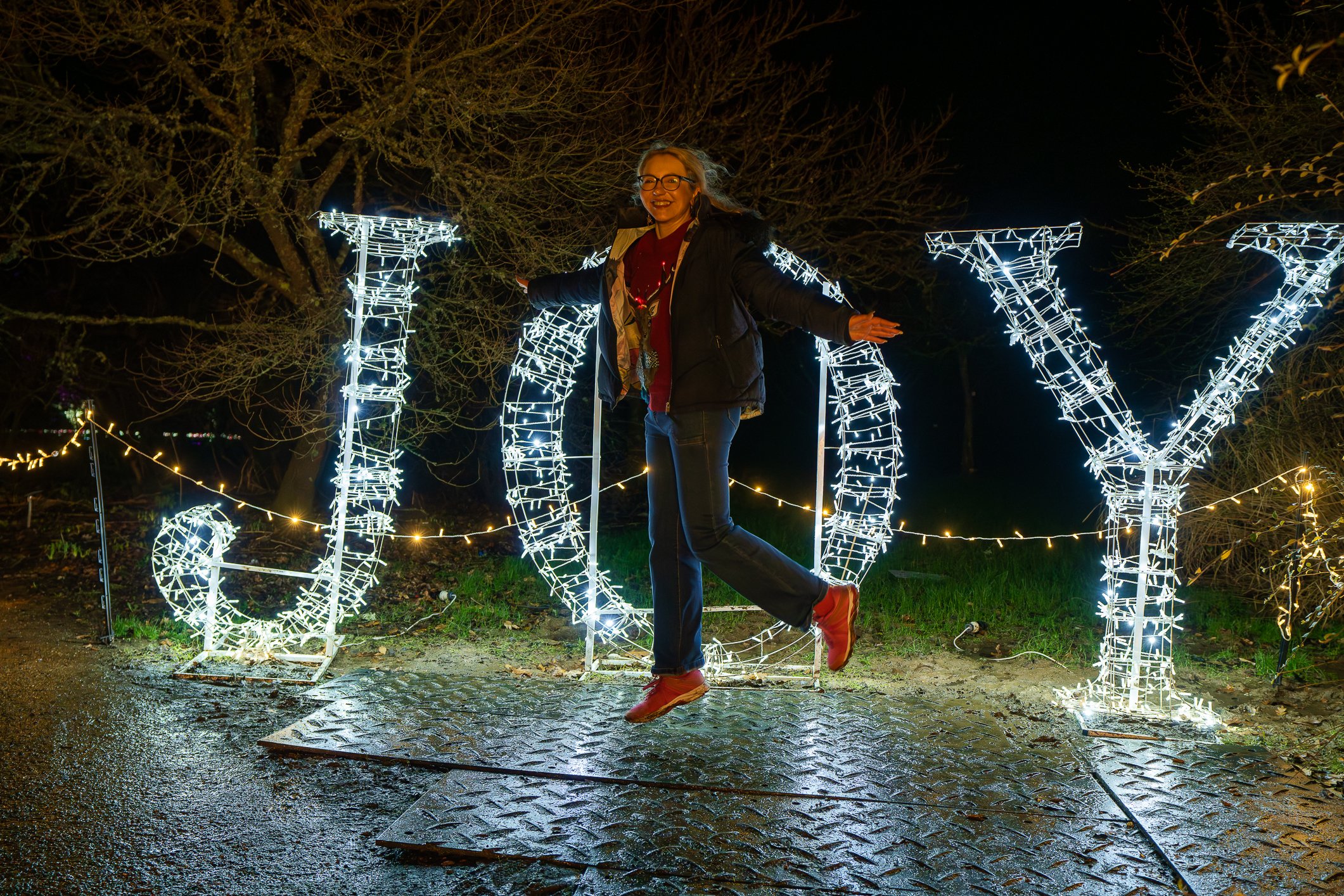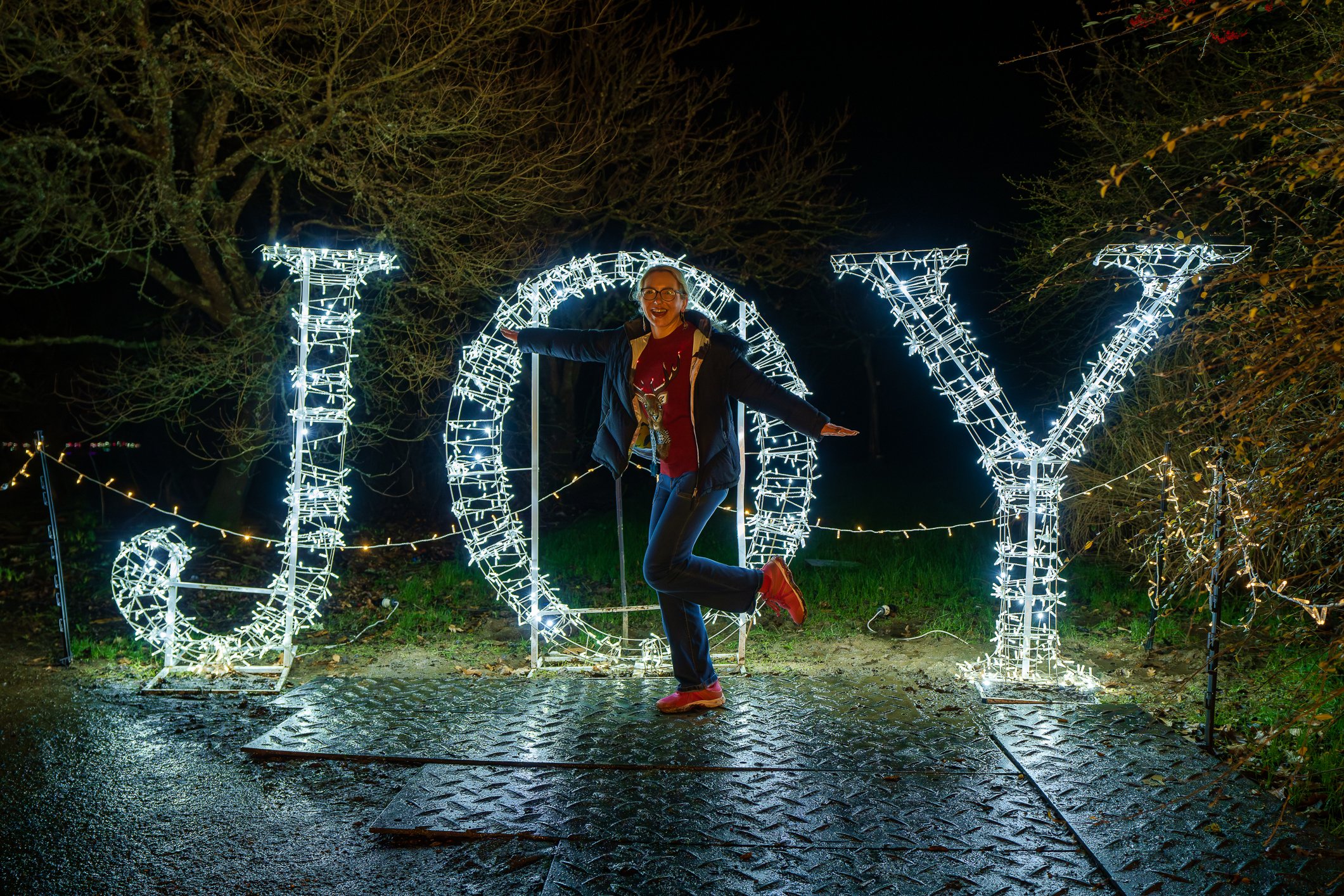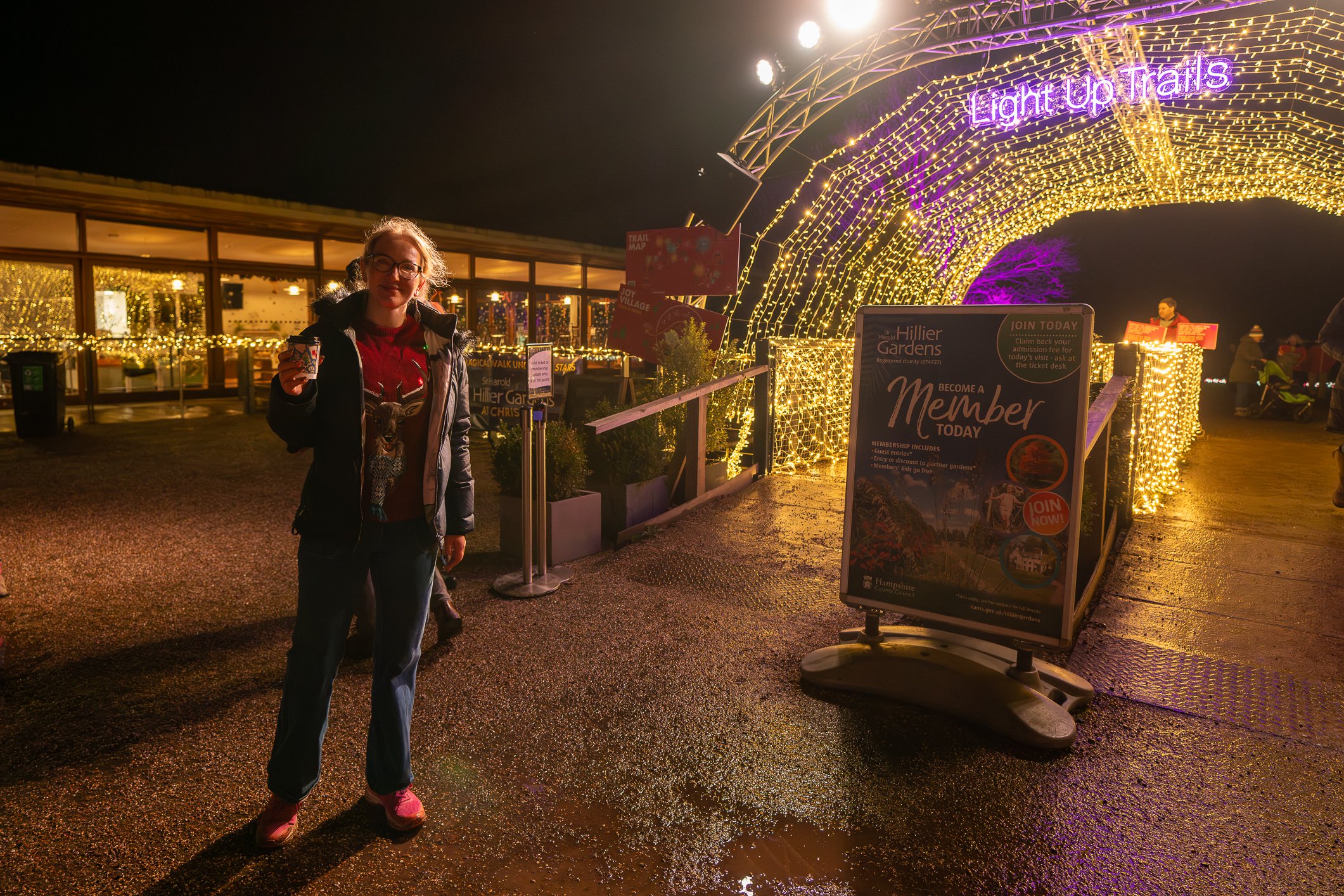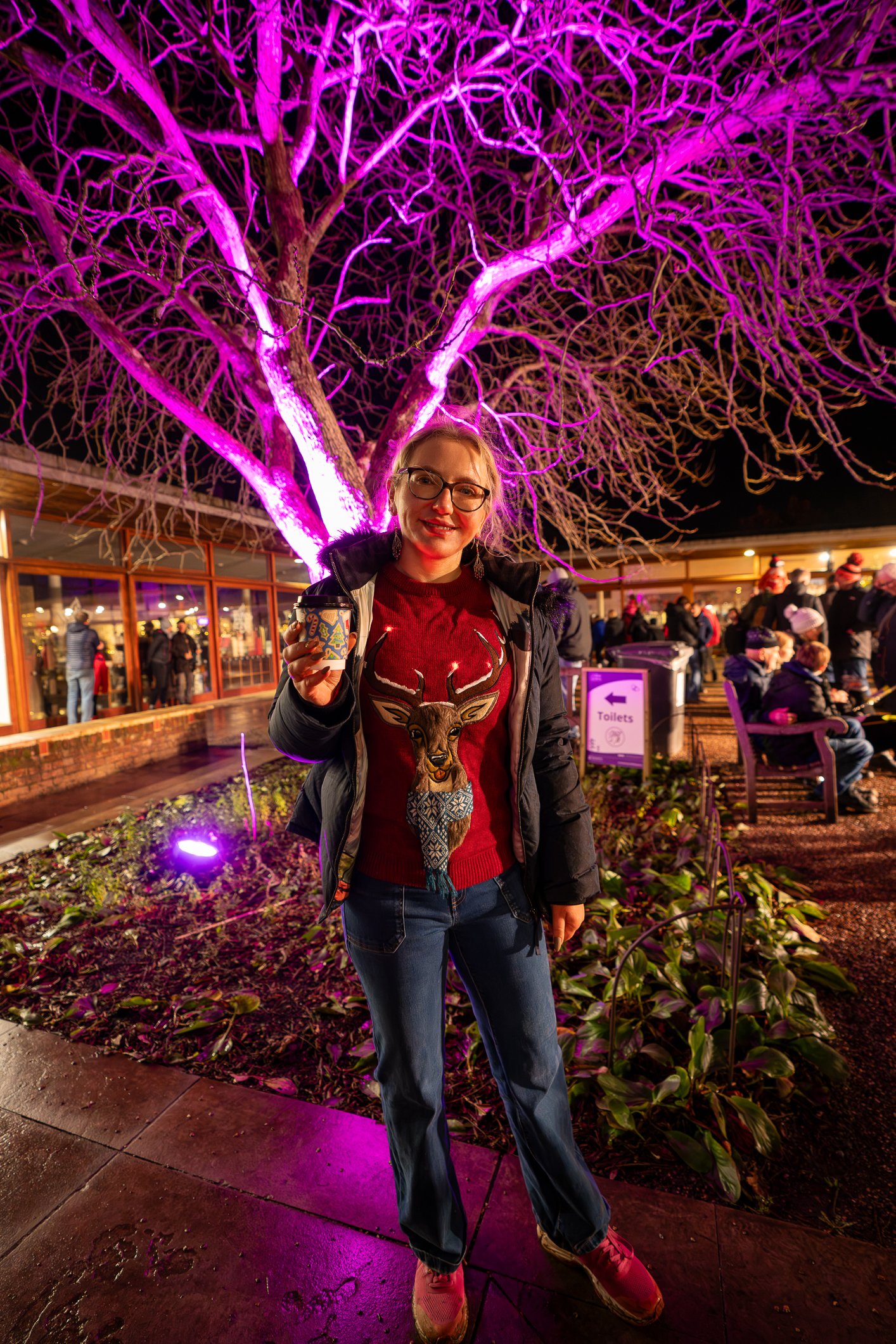The rain had been relentless during our Korean lesson that afternoon, drumming steadily against the windows, but as soon as the class concluded, the clouds parted with a sudden squint of sunlight—the kind that dappled the streets with gold, inviting us outside. With dinner still a few hours away (and snacks in our bellies), we decided to seize the moment and took a walk around the Plaza de Armas. Once the ceremonial Huacapata, the heart of the Incas, the square now echoes with the energy of tourists and locals alike. The northern and western sides overflow with small shops and cozy cafes. On the northeastern edge, the imposing cathedral stands like a guardian of the past, while the Templo de la Compañía de Jesús at the southeast corner boasts its impressive belfries.
Tego popołudnia podczas naszej lekcji koreańskiego lunął deszcz, ale gdy tylko lekcja się skończyła, deszcz także się skończył. Bardzo to było miłe z jego strony. Do obiadu było jeszcze sporo czasu (i przekąski swieżo w naszych brzuchach), postanowiliśmy więc wykorzystać tę chwilę i poszliśmy na spacer po Plaza de Armas. Kiedyś ceremonialna Huacapata, serce Inków, plac po dziś dzień jest samym pępkiem Cusco. Północna i zachodnia strona jest pełna małych sklepików i przytulnych kawiarni. Na północno-wschodnim krańcu wznosi się imponująca katedra, podczas gdy Templo de la Compañía de Jesús w południowo-wschodnim narożniku szczyci się imponującymi dzwonnicami.
We meander through the Portal de Panes, a covered cloister pavement with overhanding buildings, supported by stone pillars or arches, that is circling the plaza. It creates a rain-free and sun-shaded walking space nearly all the way around the square. The Portal de Panes used to be part of the palace of Pachacuti.
Okrążamy plac idąc przez Portal de Panes, kryty chodnik klasztorny z nadwieszonymi budynkami, podpartymi kamiennymi filarami i łukami, który okrąża plac. Tworzy on wolną od deszczu i zacienioną słońcem przestrzeń do spacerów niemal wokół całego placu. Portal de Panes był kiedyś częścią pałacu Pachacuti.
The ornamental fountain in the central part of the square is a cast-iron design, installed in 1872, and has quite the story to tell—one marred by a lot of controversy. Originally, it featured the figure known as “the Apache,” a striking image of a Native American named Chief Kisko. Why this figure topped the fountain instead of an Inca ruler sparked much debate. Some said it was a simple mistake during shipping; others suggested it was a peculiar choice by the rector of the local university. Even the famous explorer Hiram Bingham commented on the oddity of a Native American statue standing in the heart of the former Inca capital. In 2011, with a nod to history’s importance, the Apache statue was removed (story says it was a group of not completely sober local men who initiated it), replaced by a representation of Manco Capac, the first Inca ruler. Now, this figure proudly adorns the fountain, a testament to the city’s heritage and a reflection of its intricate past.
Ornamentalna fontanna w centralnej części placu to żeliwna konstrukcja zainstalowana tu w 1872 roku, której historia jest dość kontrowersyjna. Jeśli patrząc na jej rzeźby, myślicie, że są one tutaj - przepraszam za język - ni w pipę, ni w oko, to wcześniej było jeszcze gorzej. Pierwotnie na jej szczycie znajdowała się bowiem postać znana jako „Apacz”, uderzający wizerunek rdzennego Amerykańskiego wodza Kisko. Dlaczego to ta figura znajdowała się na szczycie fontanny, a nie reprezentacja władcy Inków jest przedmiotem wielu dyskusji. Niektórzy twierdzą, że był to zwyczajnie błąd podczas wysyłania fontanny (która była produktem masowej produkcji, zamówionej z katalogu), a inni sugerują, że był to osobliwy wybór rektora lokalnego uniwersytetu. Nawet słynny odkrywca Machu Picchu, Hiram Bingham, skomentował obecność posągu rdzennego Amerykanina stojącego w sercu dawnej stolicy Inków. W końcu, w 2011 roku, w uznaniu znaczenia historii, posąg Apacza został usunięty i zastąpiony postacią Manco Capac’a, pierwszego władcy Inków (niektórzy twierdzą, ze usunięciem Apacza zajęło się kilku mieszkańców miasta po pijaku...). Ta nowa figura Inki dumnie zdobi fontannę, będąc świadectwem dziedzictwa miasta i odzwierciedleniem jego skomplikowanej przeszłości.
As the sun dips below the horizon, casting a warm glow over the city, the lights around Plaza de Armas flicker on, bathing the entire square in golden radiance. Still wet cobblestones reflect the illumination making everything shimmer as if sprinkled with golden dust. It looks quite impressive.
PS. The church you can see on the hill is St Cristobal’s church and obviously we plan to climb there one day. The view must be respectable!
Gdy słońce chowa się za horyzontem, zapalają się światła wokół Plaza de Armas, zalewając cały plac złotym blaskiem. Nadal mokre od deszczu brukowane kamienie odbijają światło, sprawiając, że wszystko lśni, jakby posypane złotym pyłem. Wygląda to całkiem imponująco.
PS. Ten kościół, który widzicie na wzgórzu (San Cristobal)? My też już zauważyliśmy, że widok stamtąd musi być zacny i mamy w planach wizytę.







































































































































































































